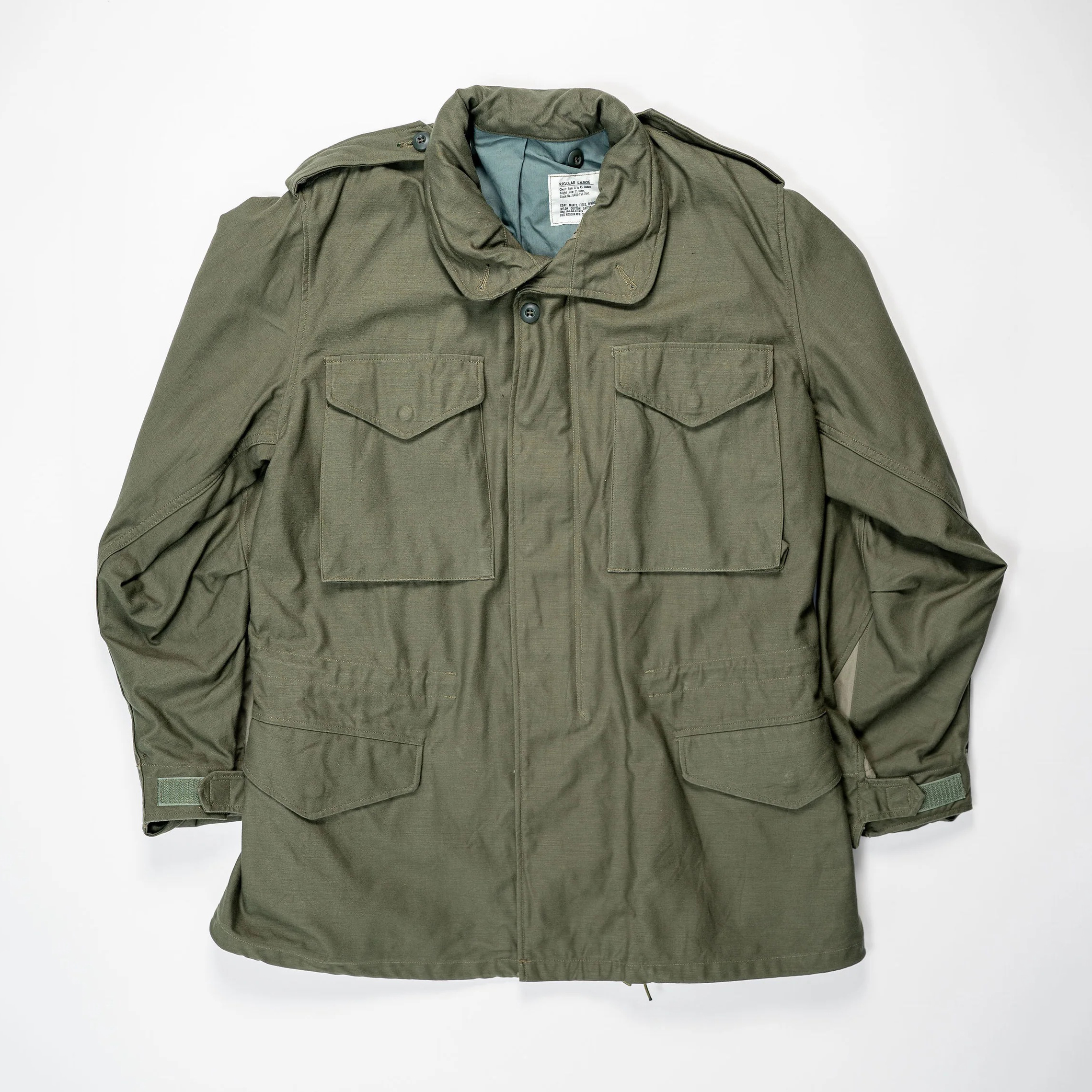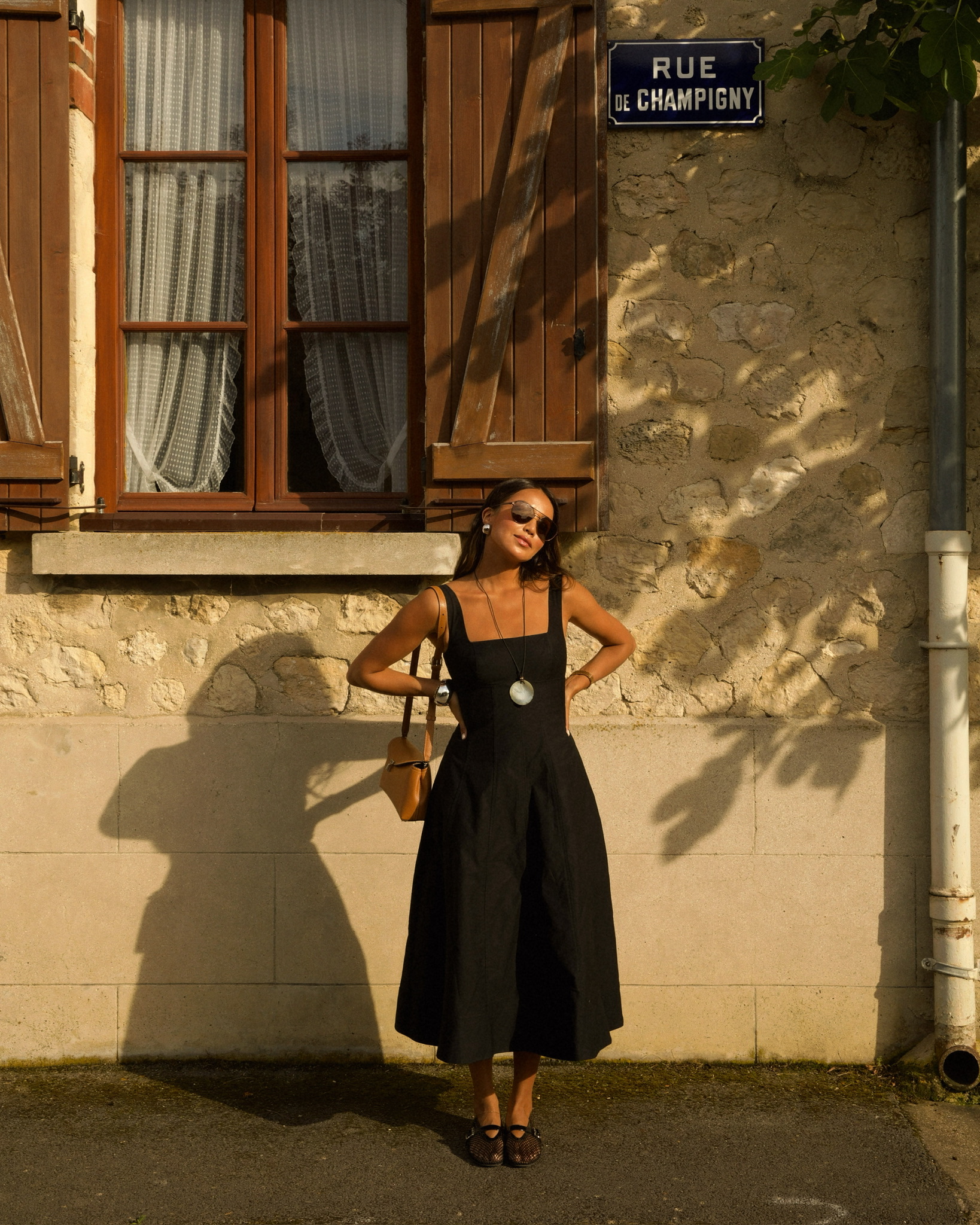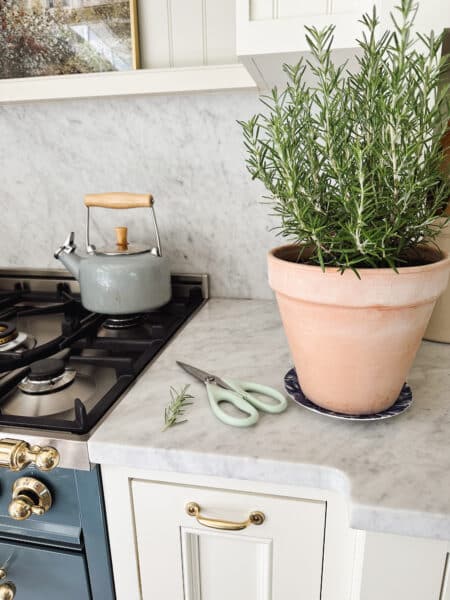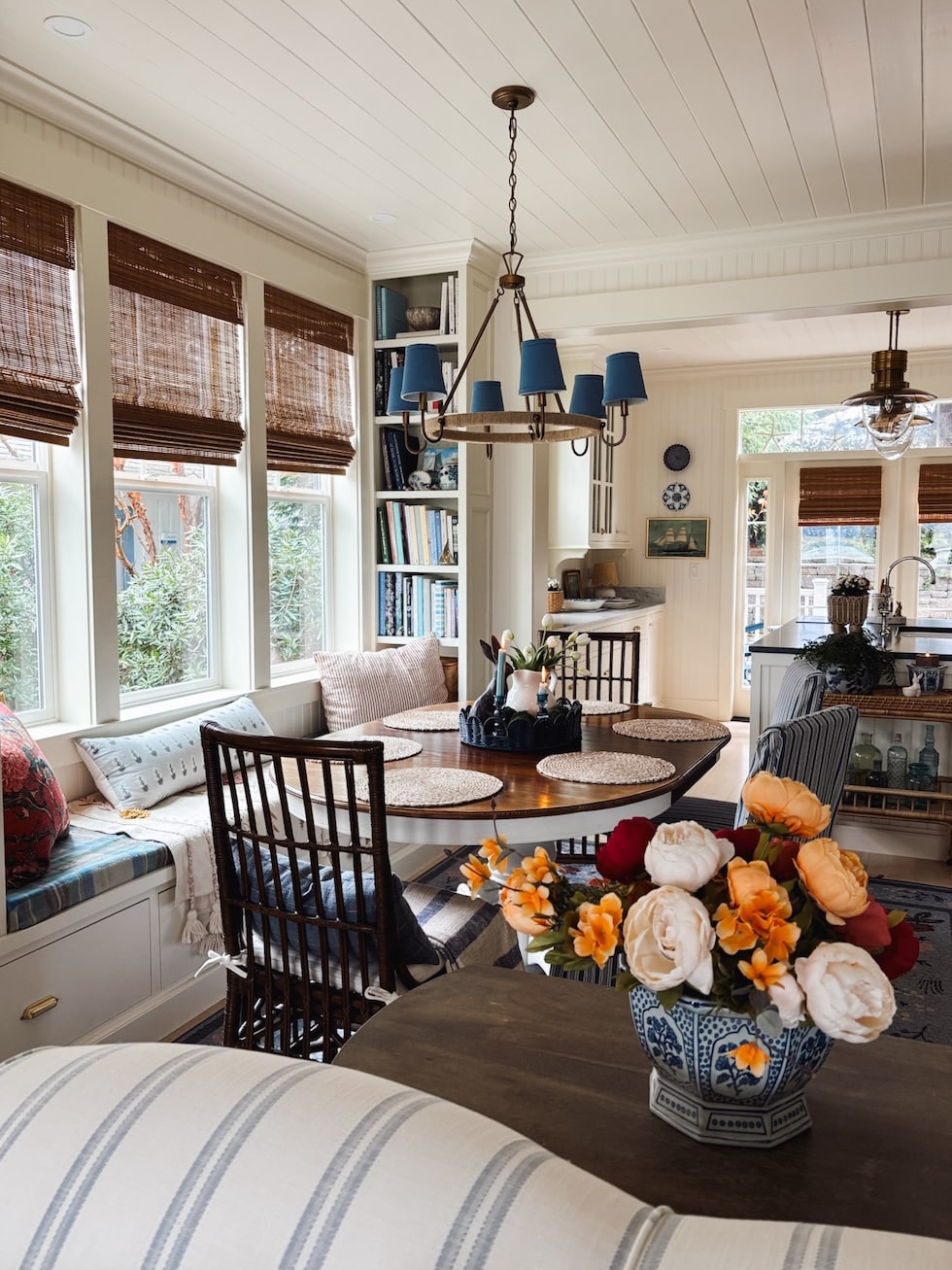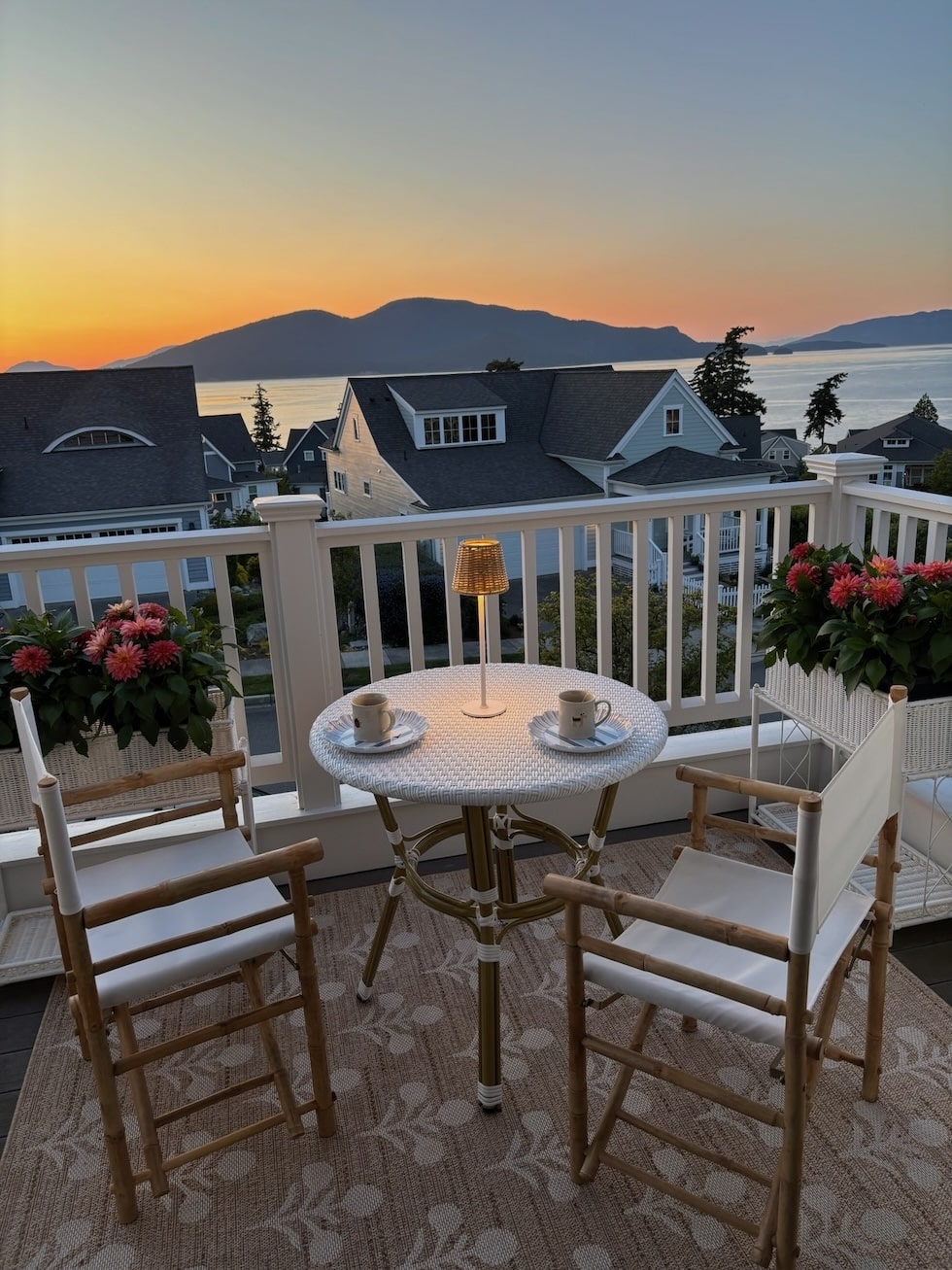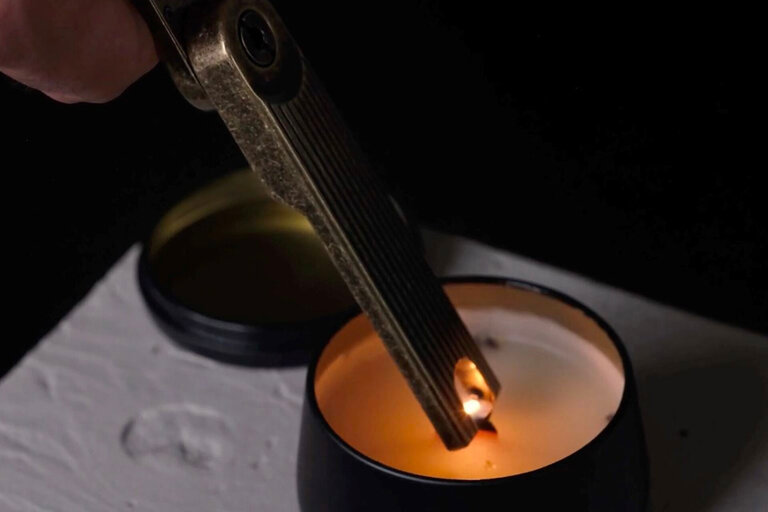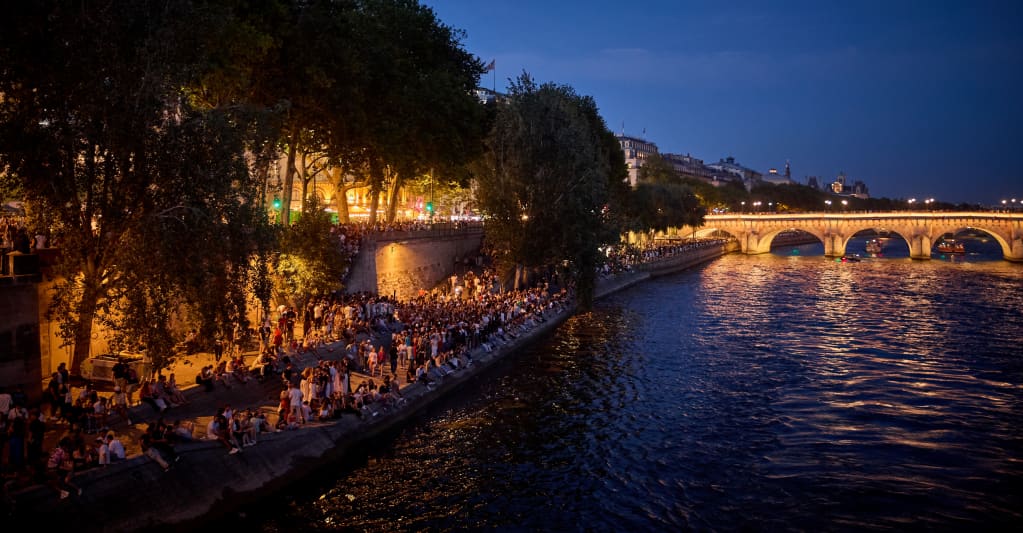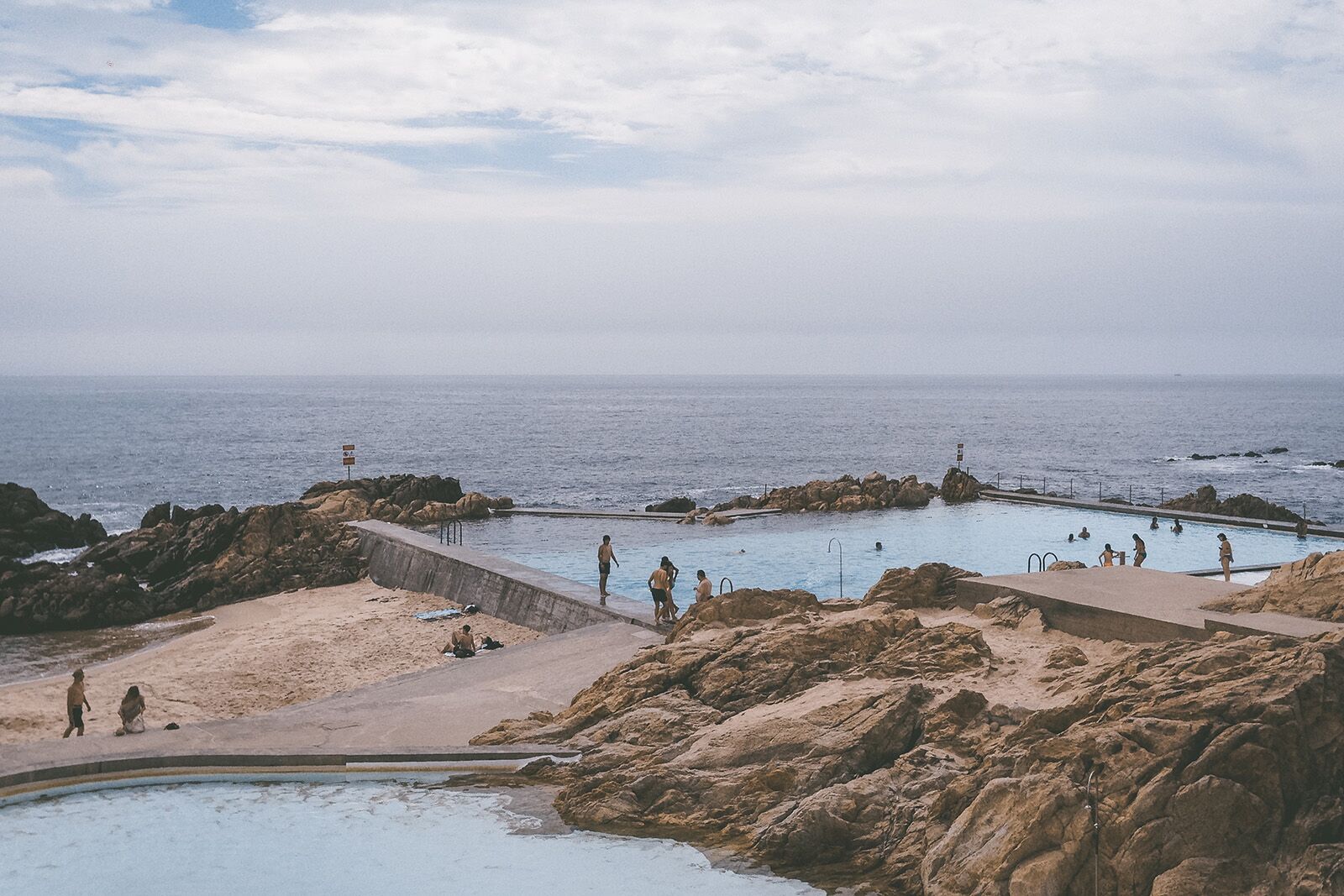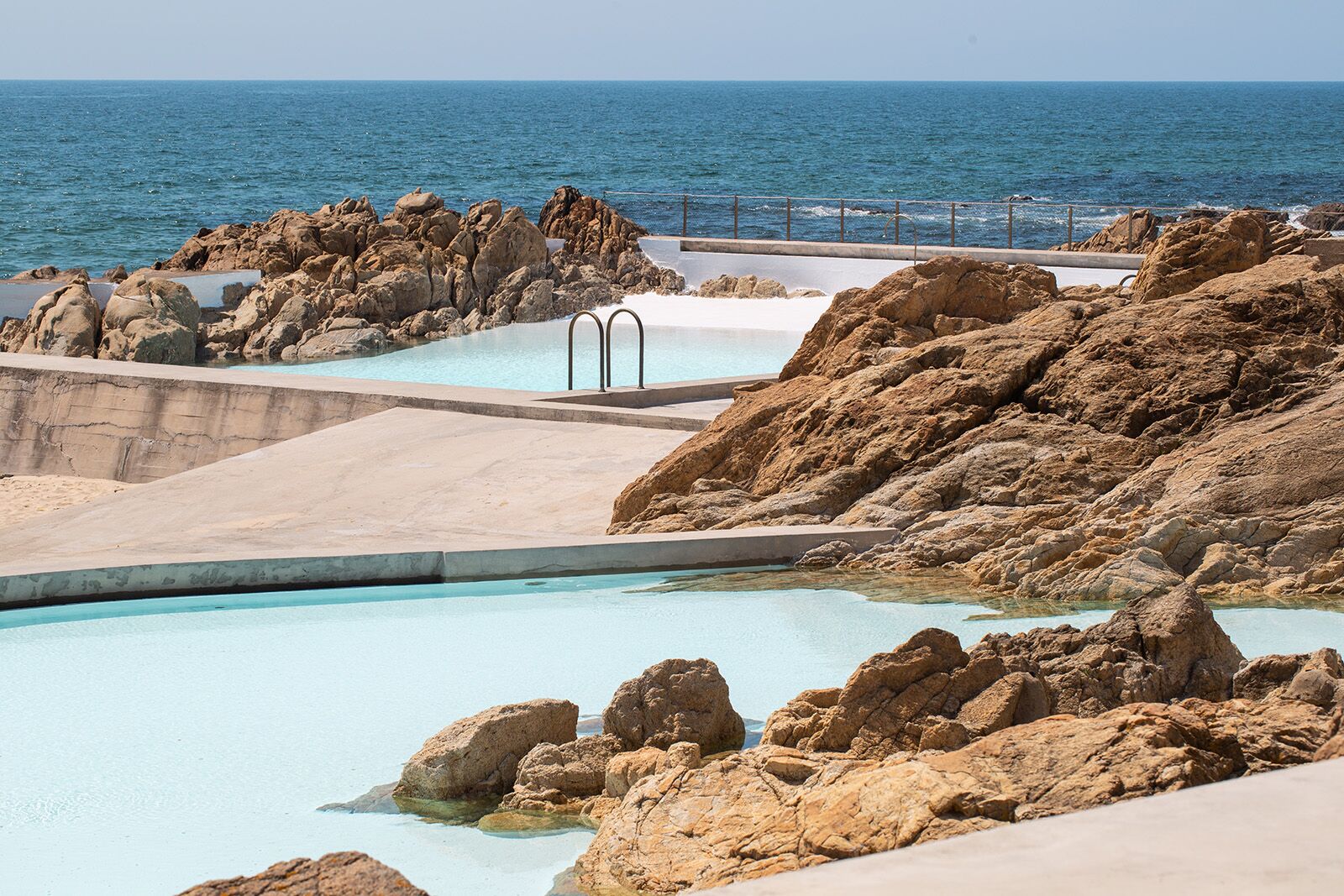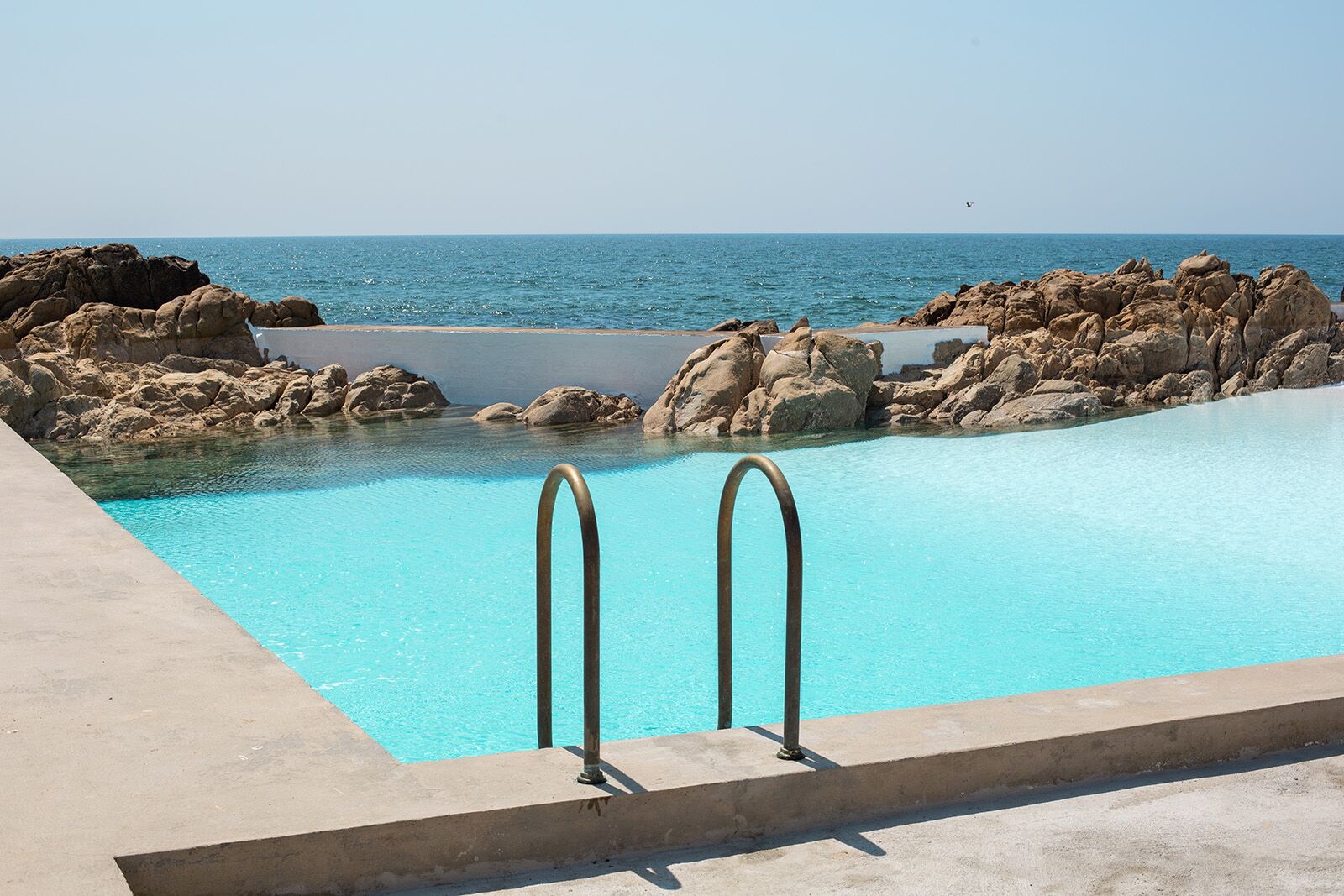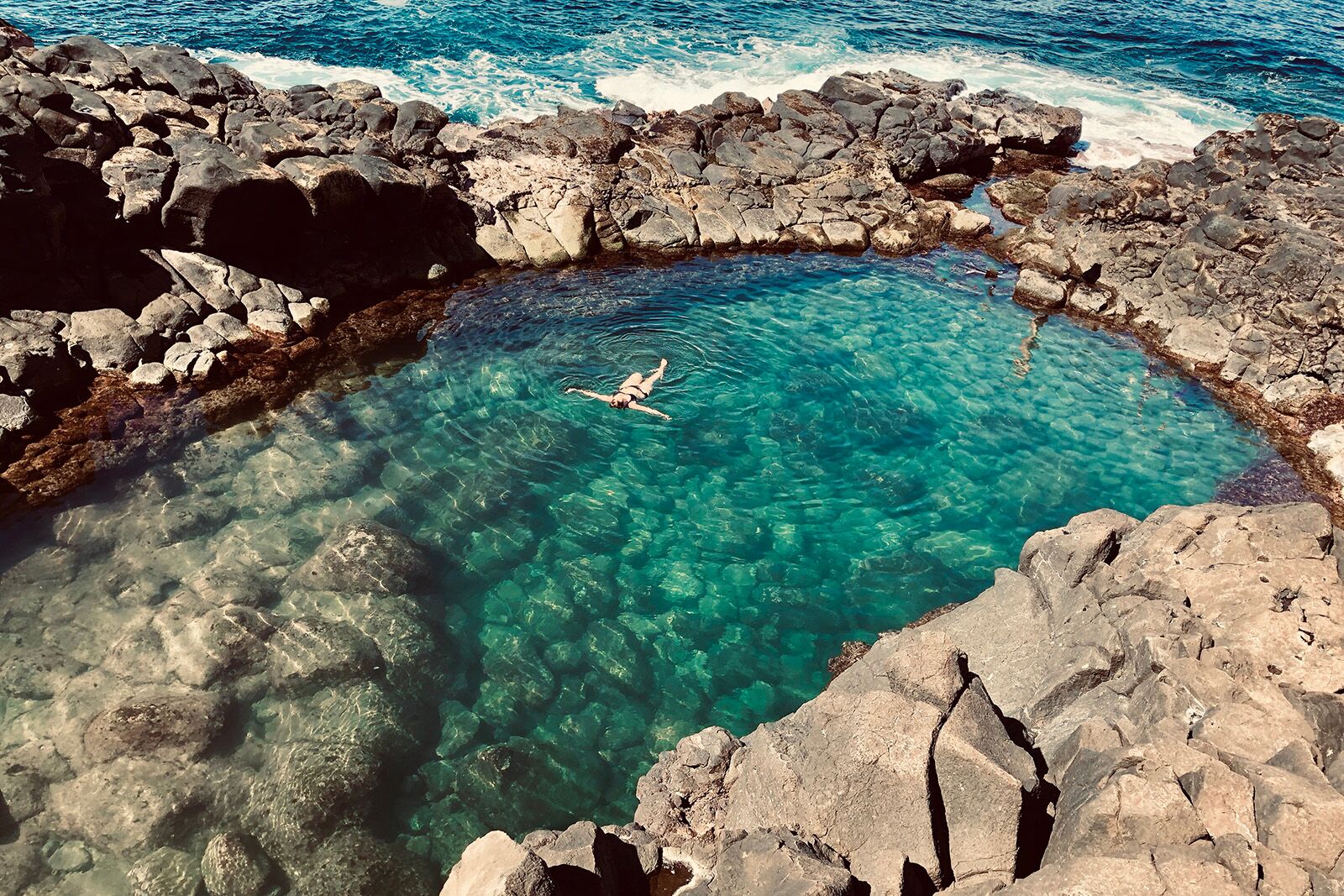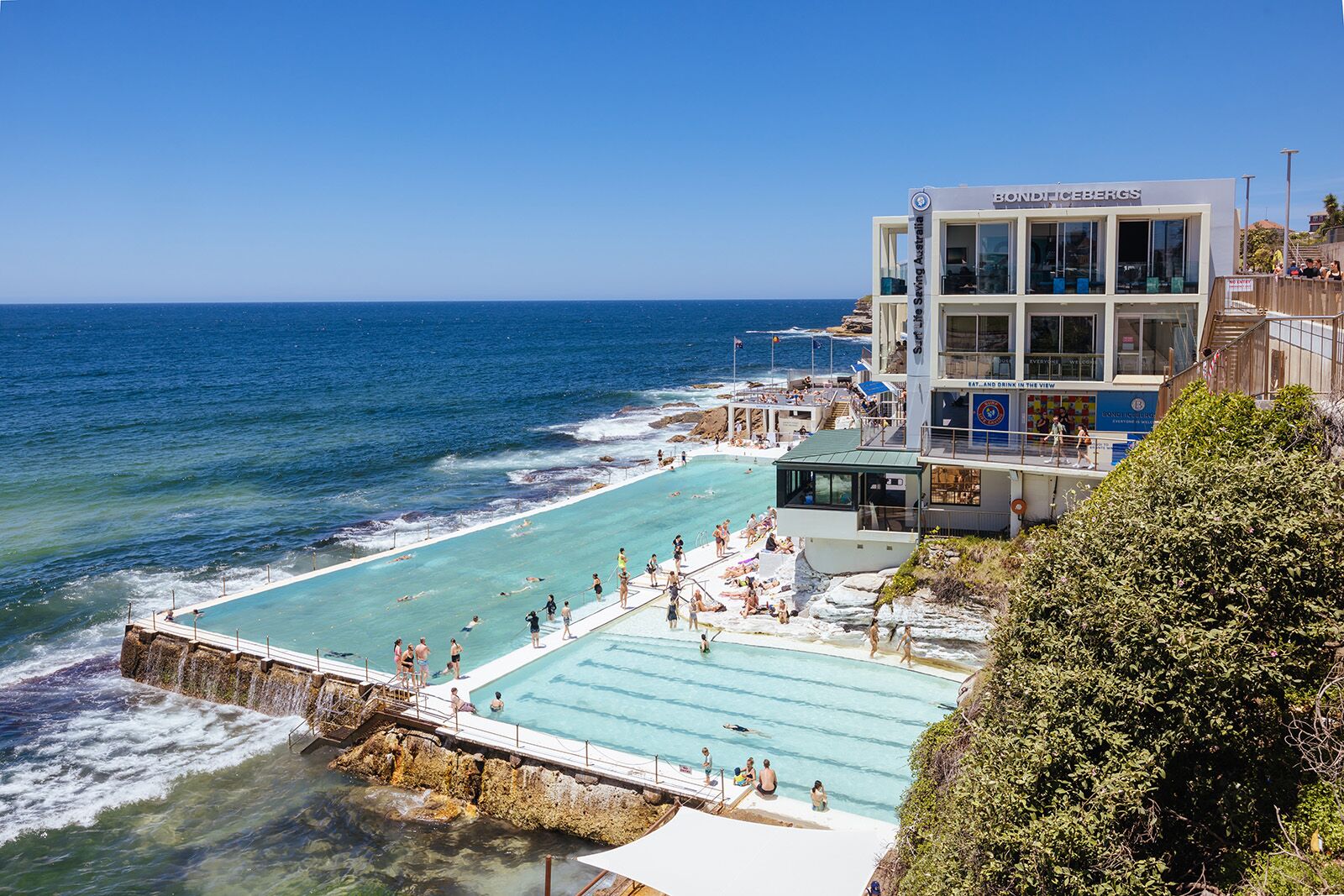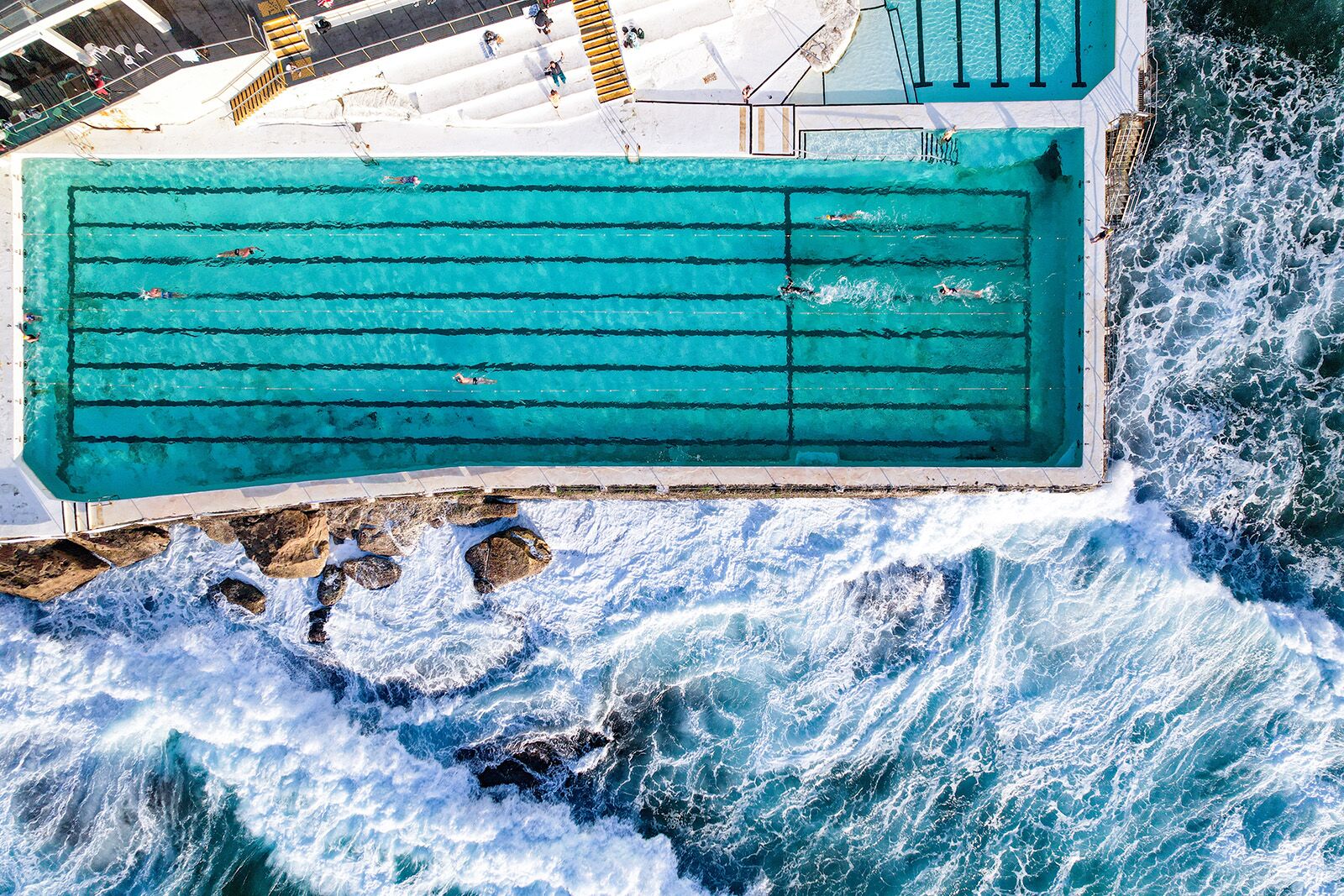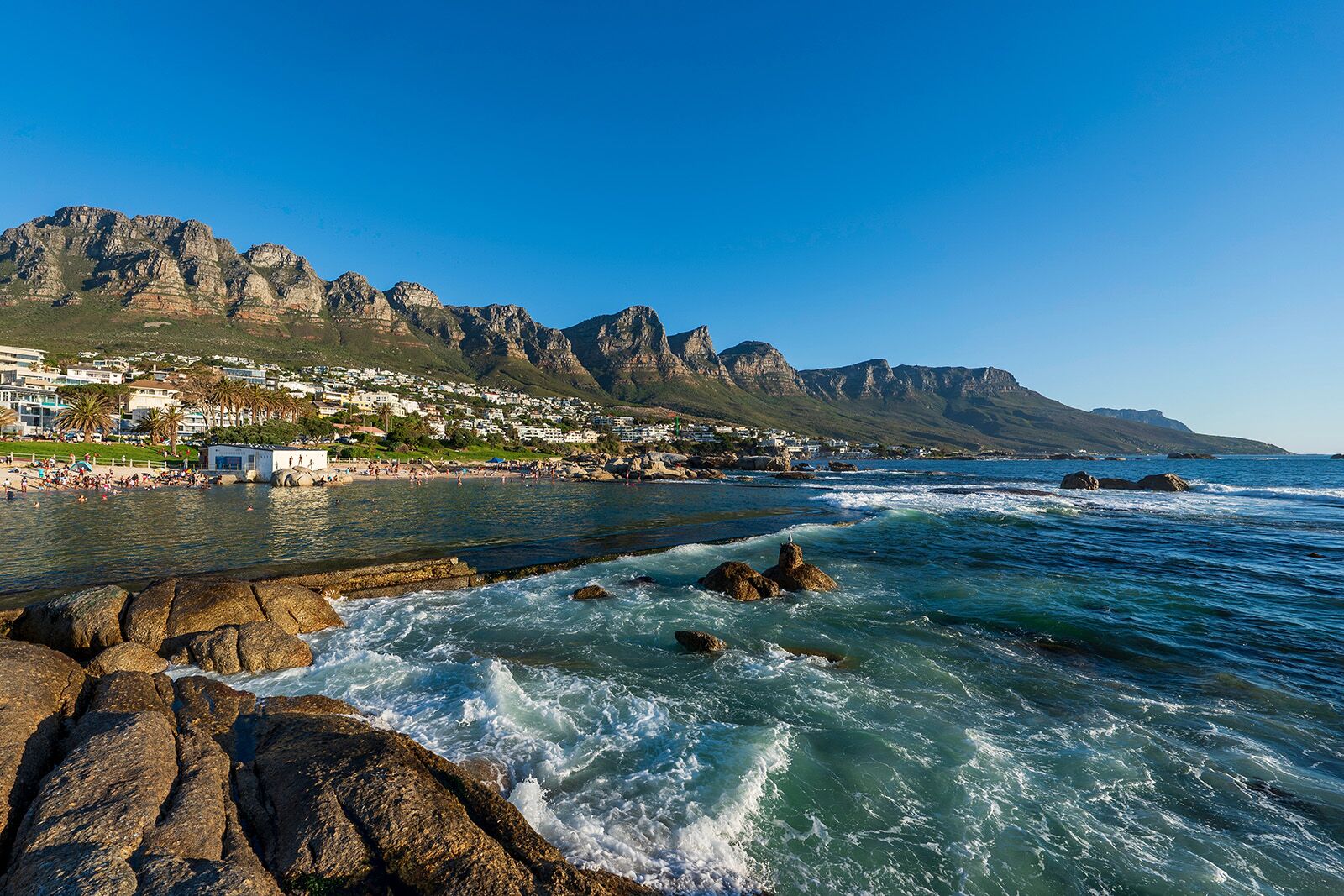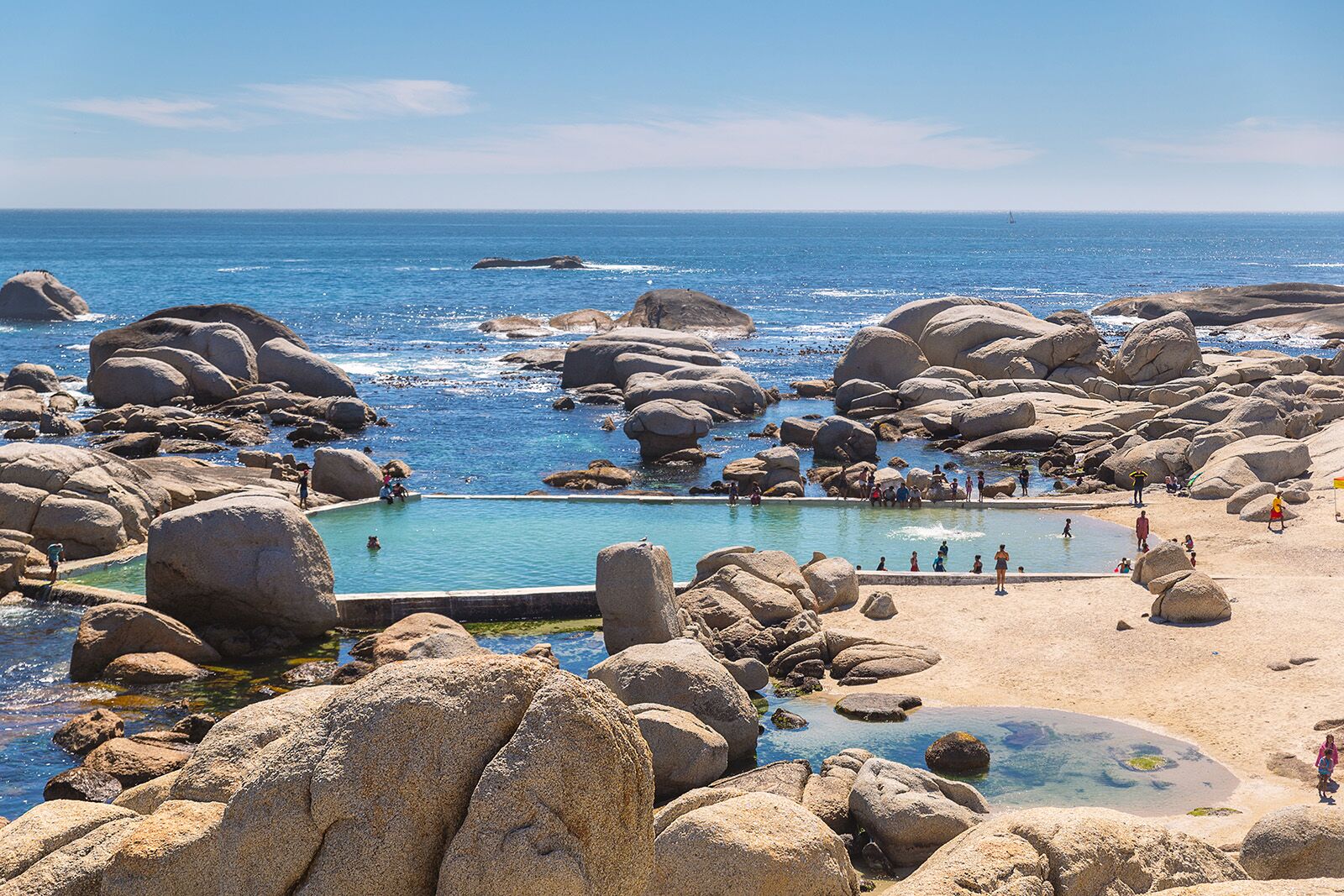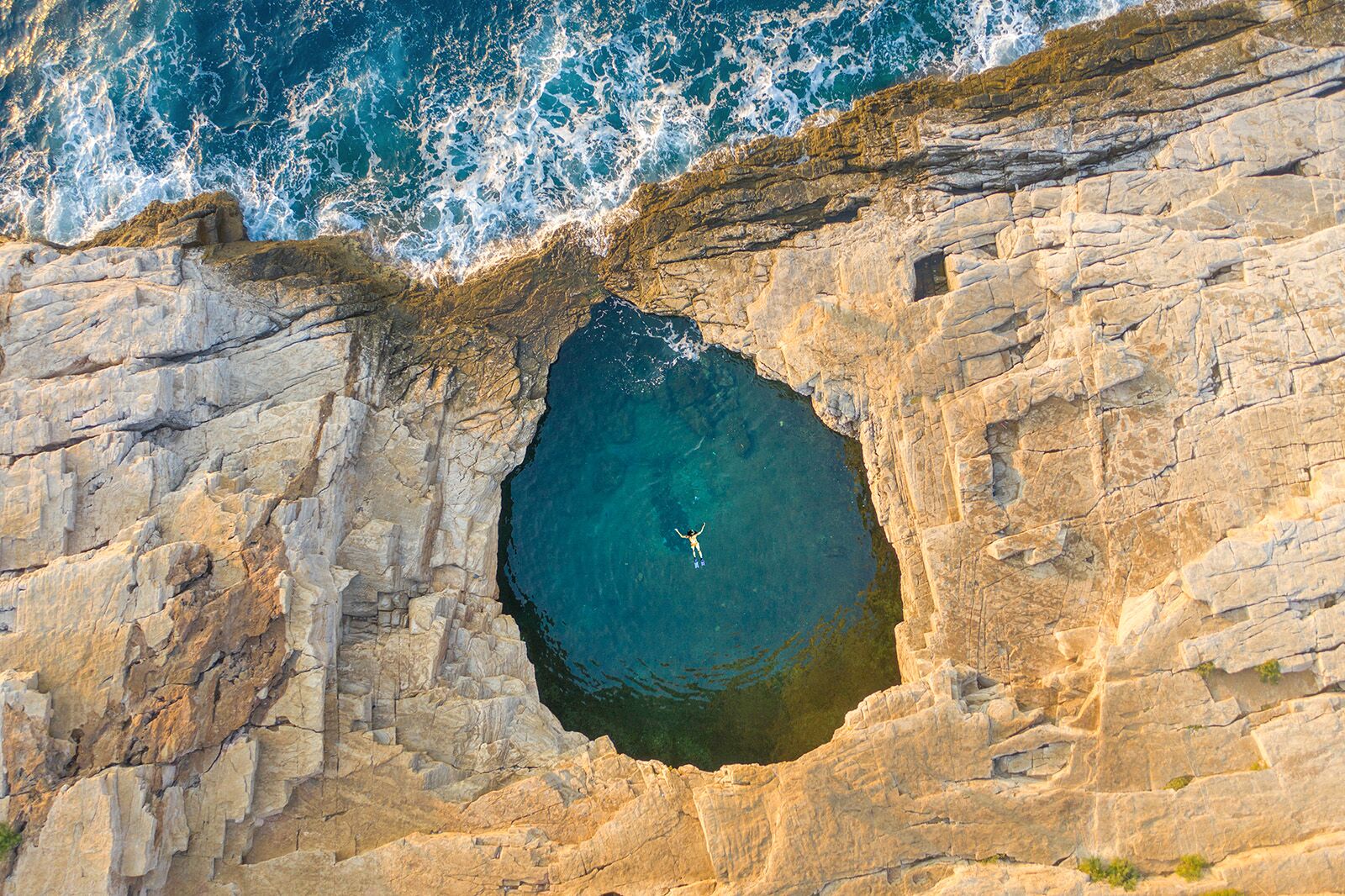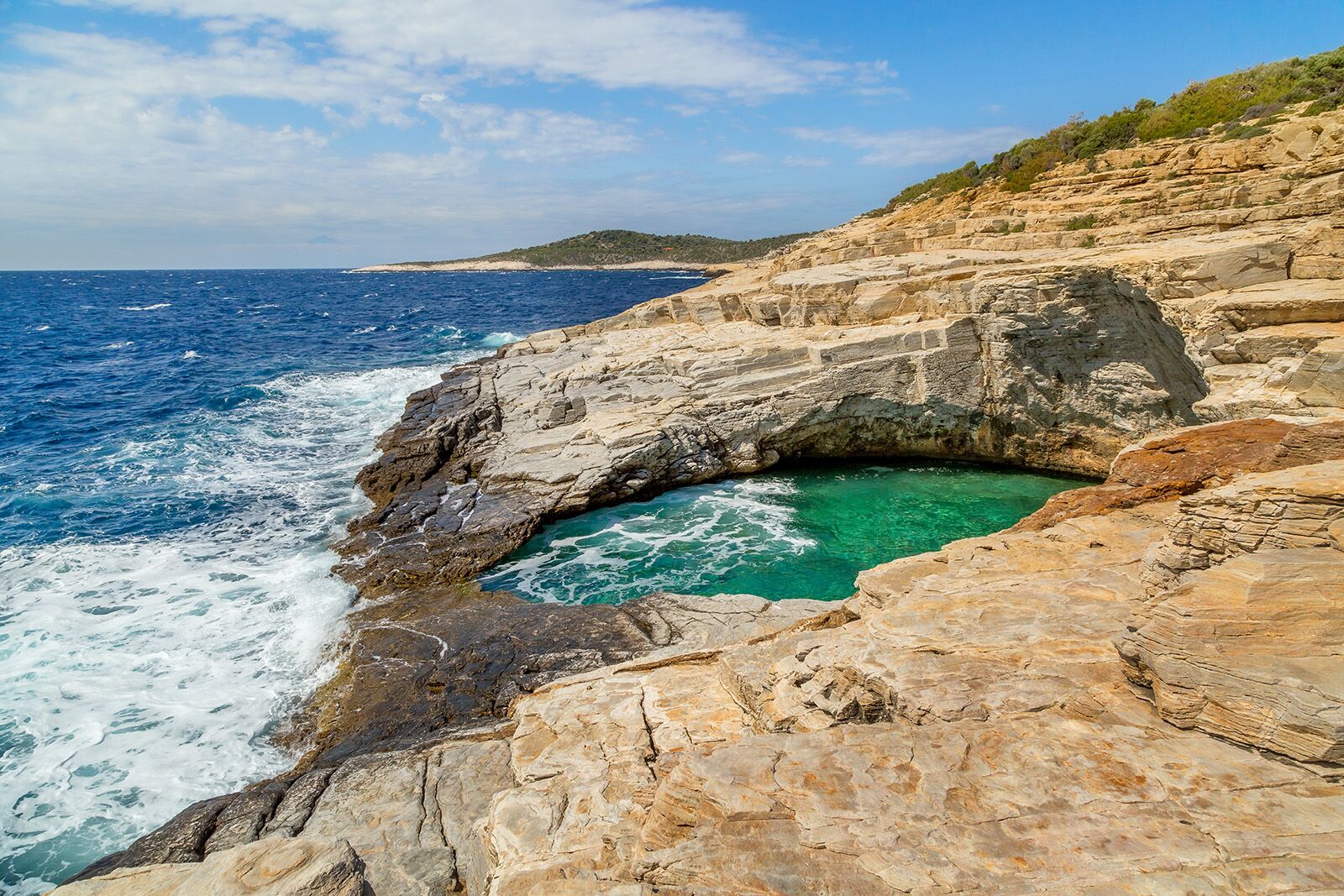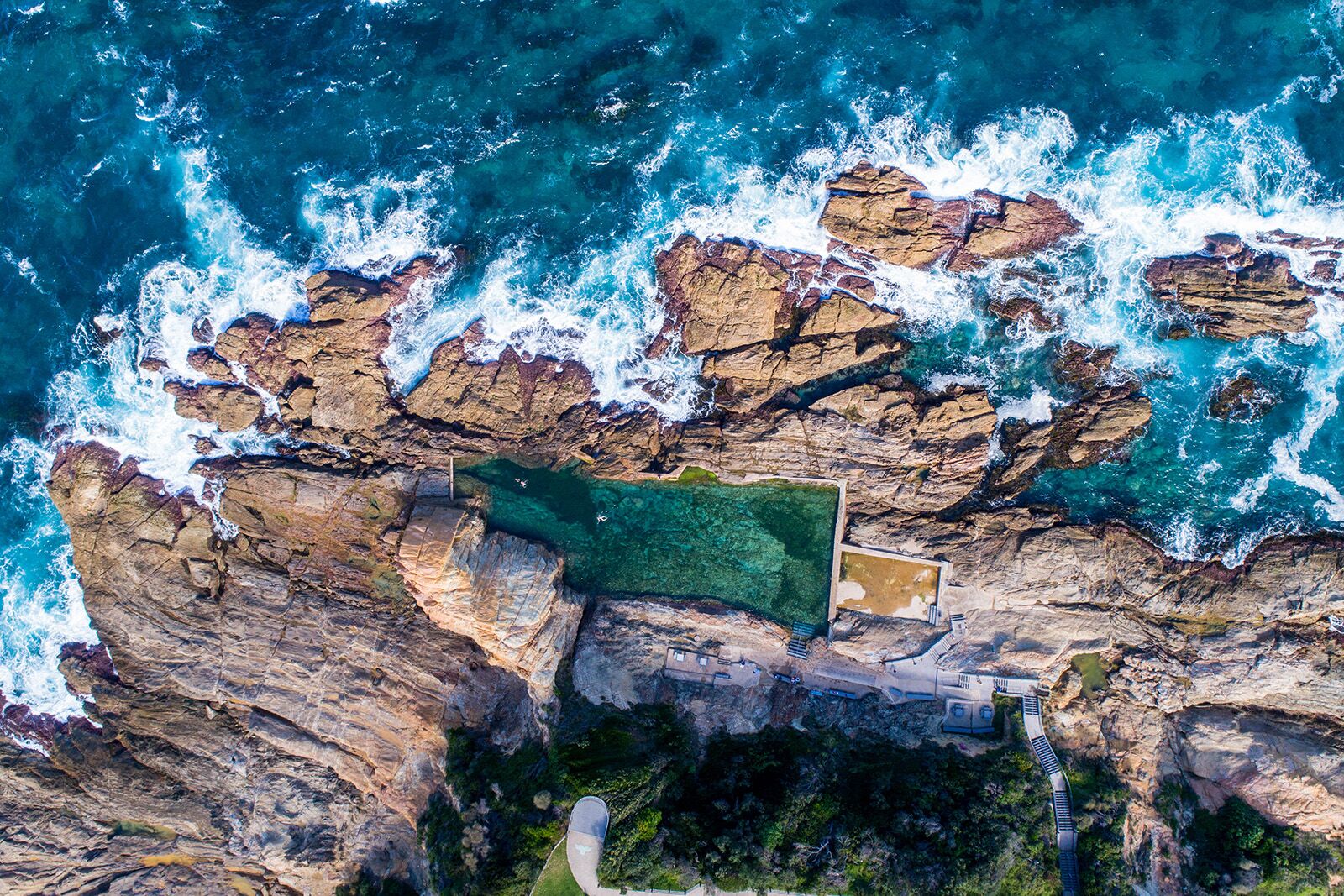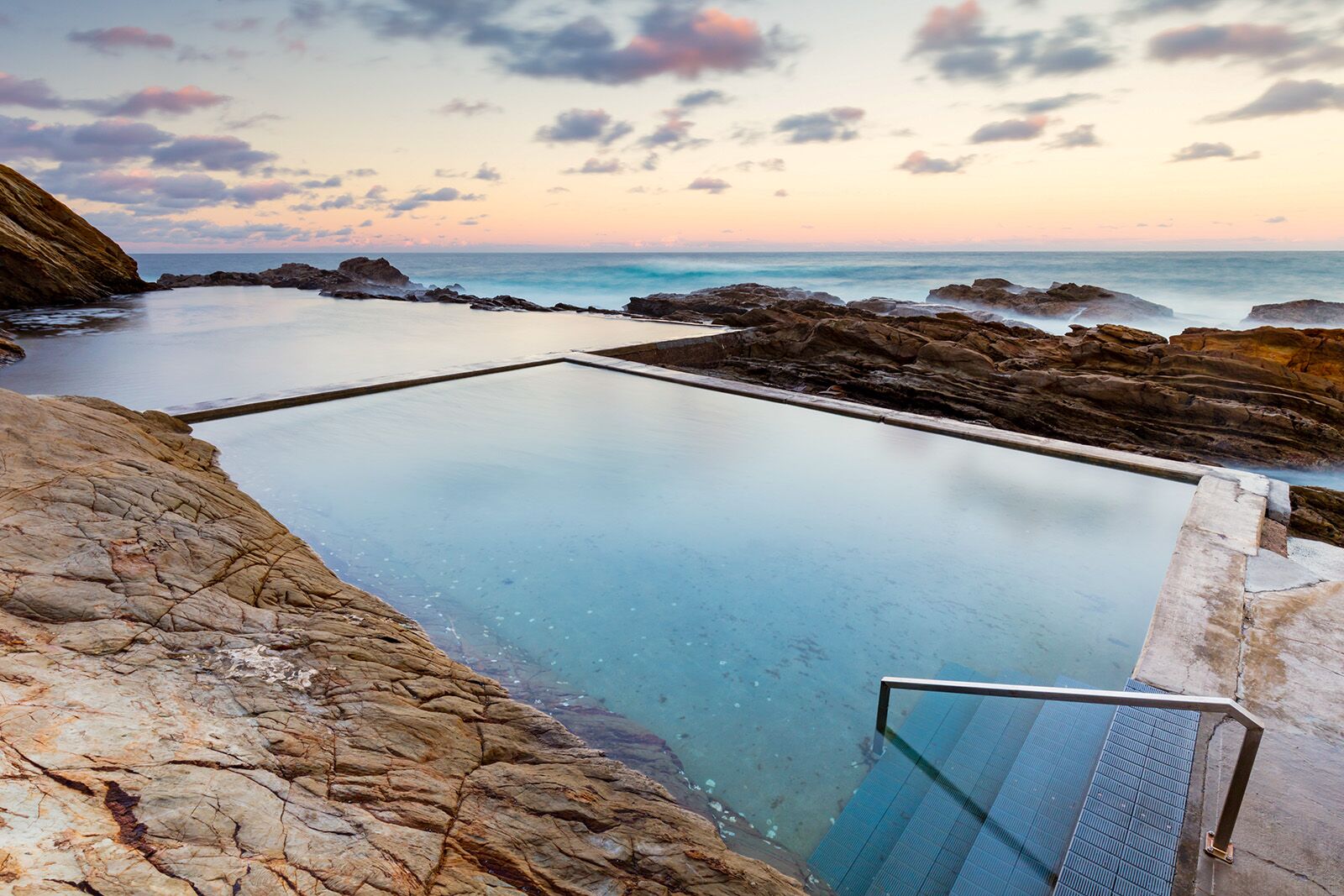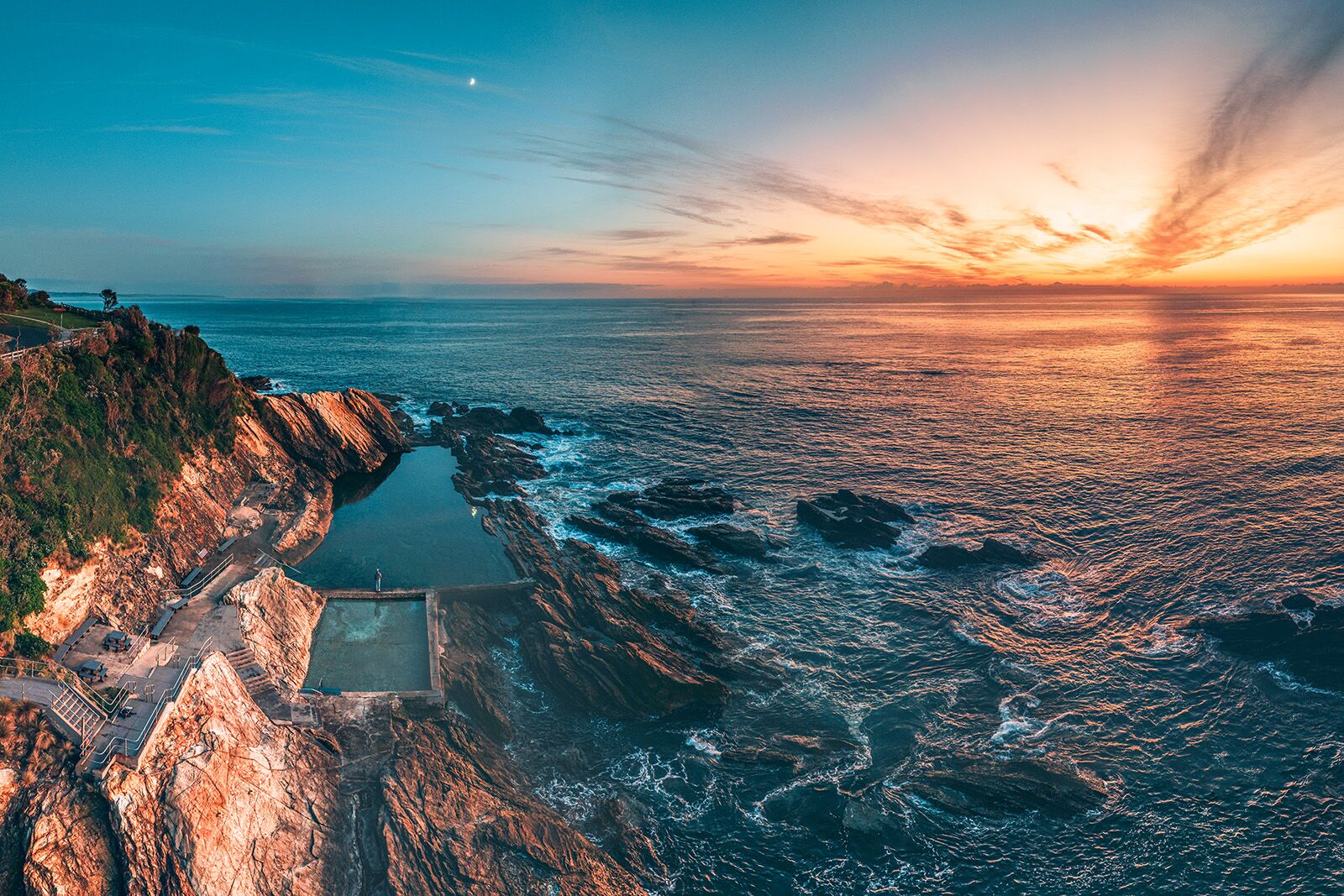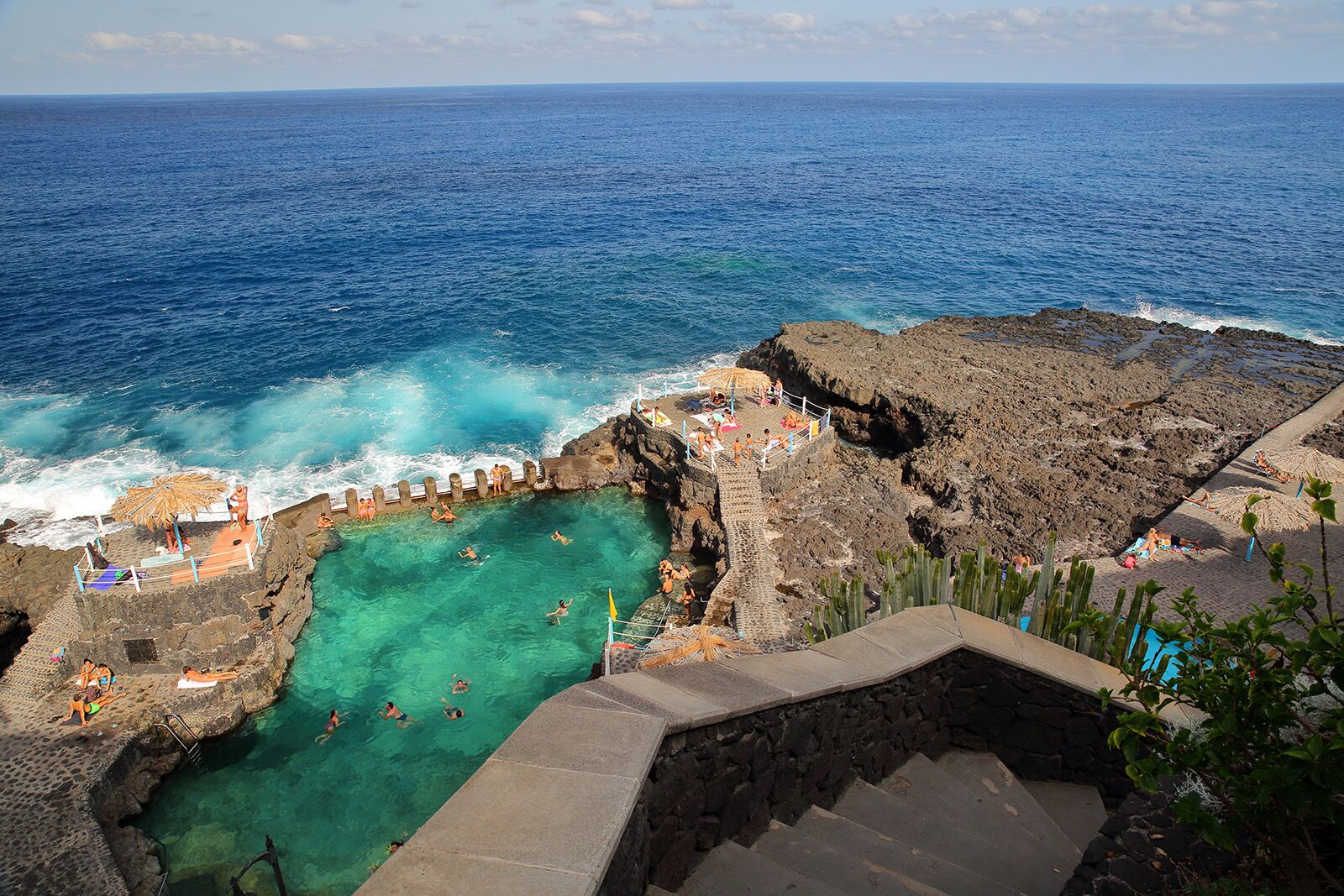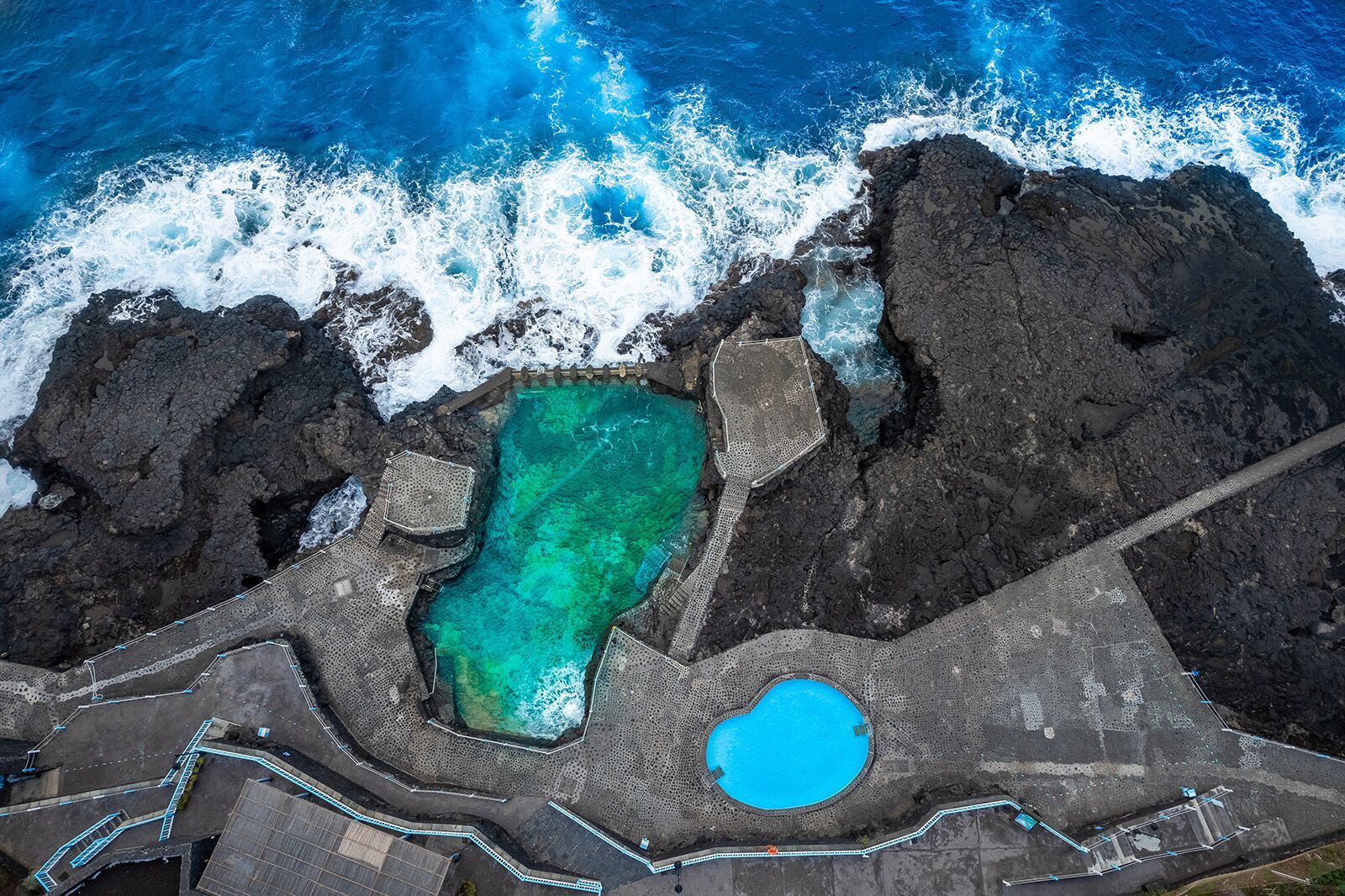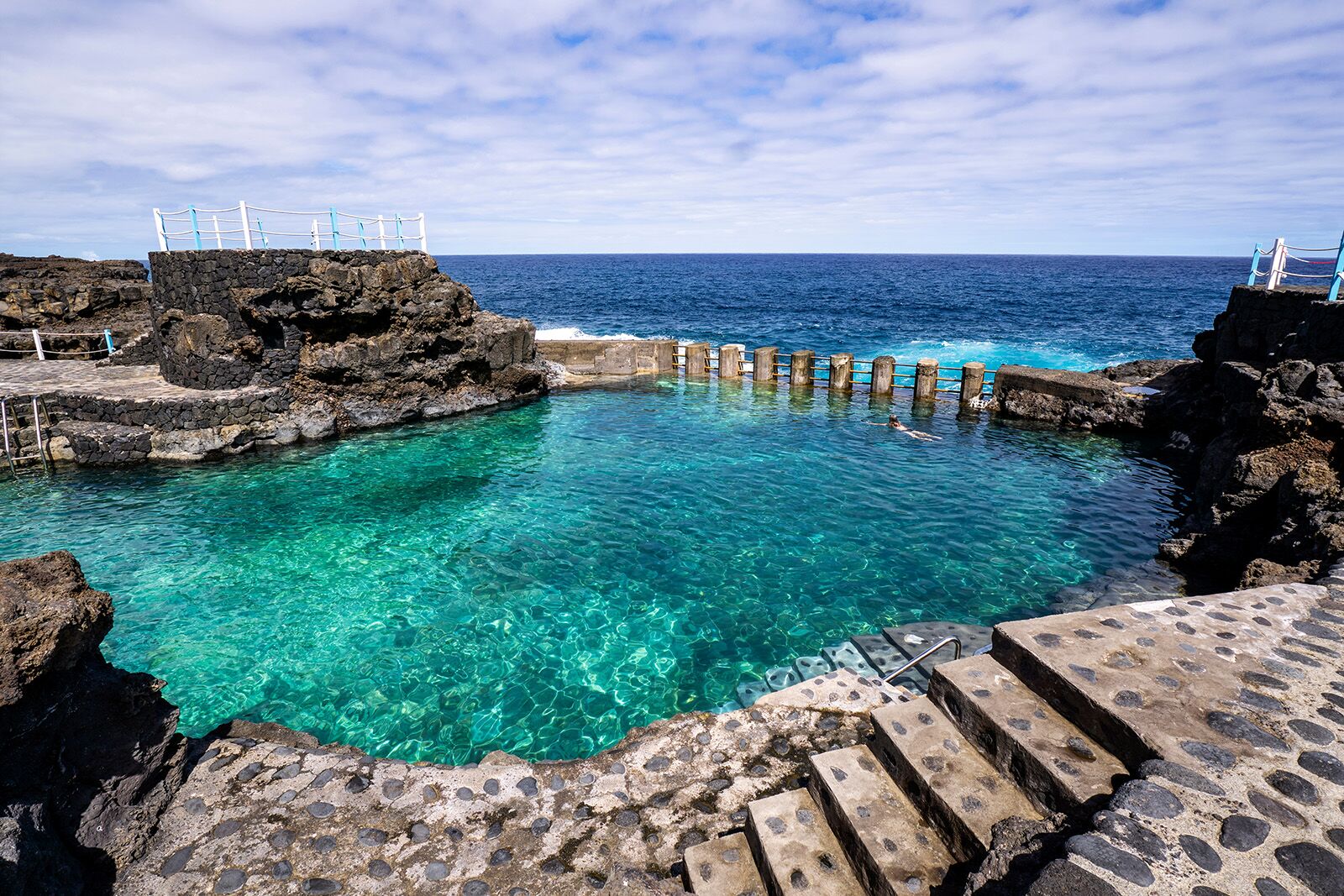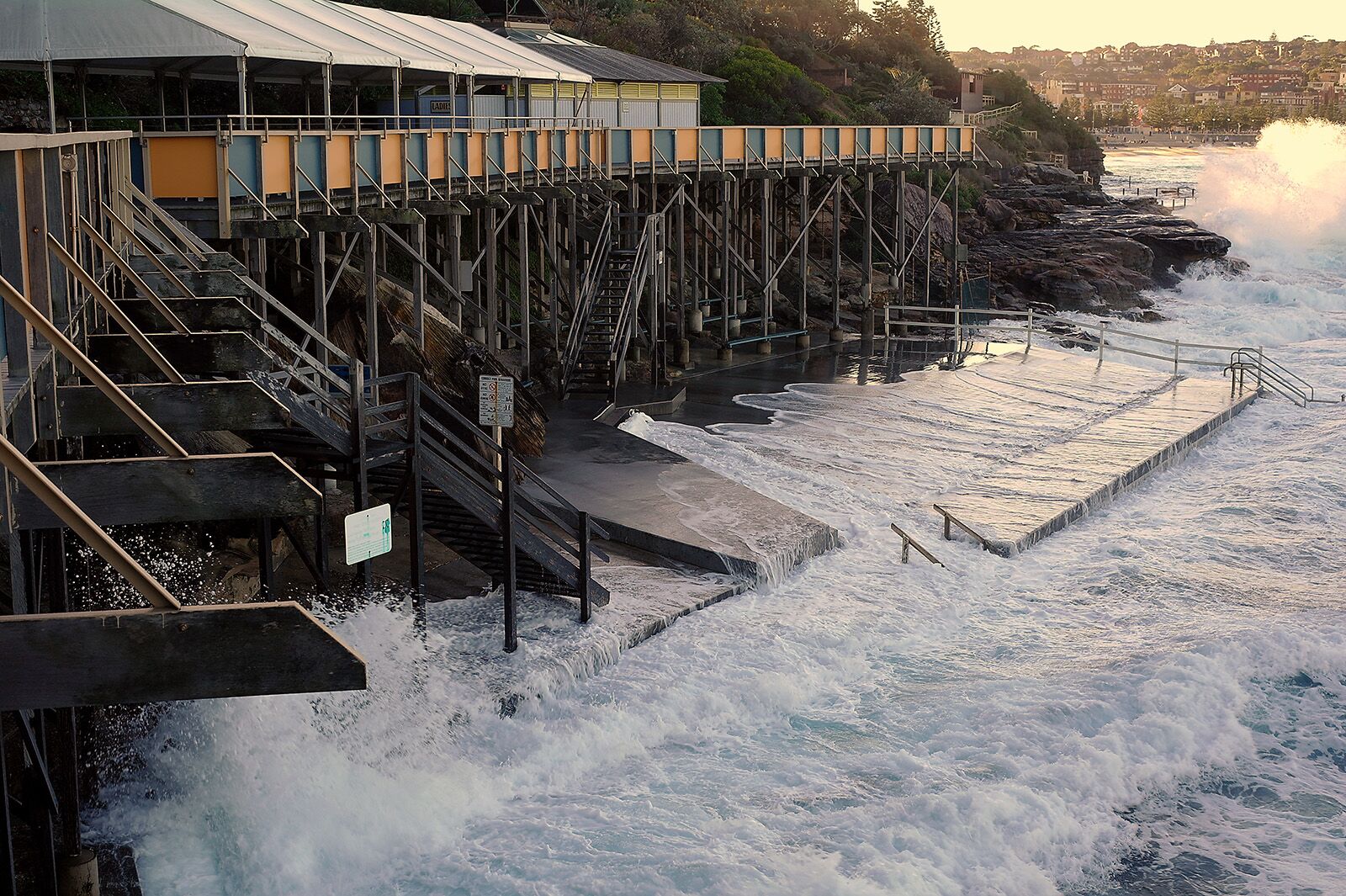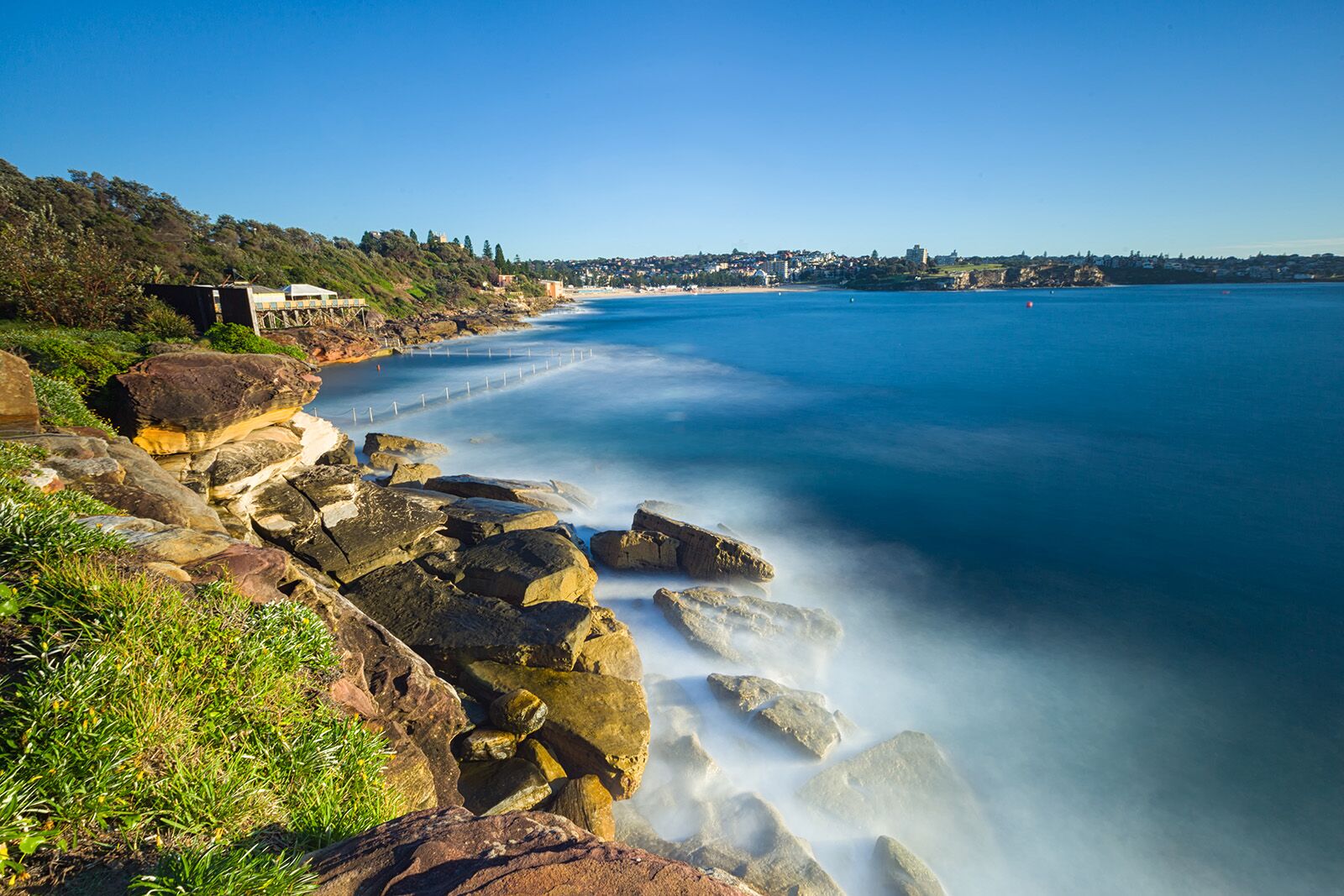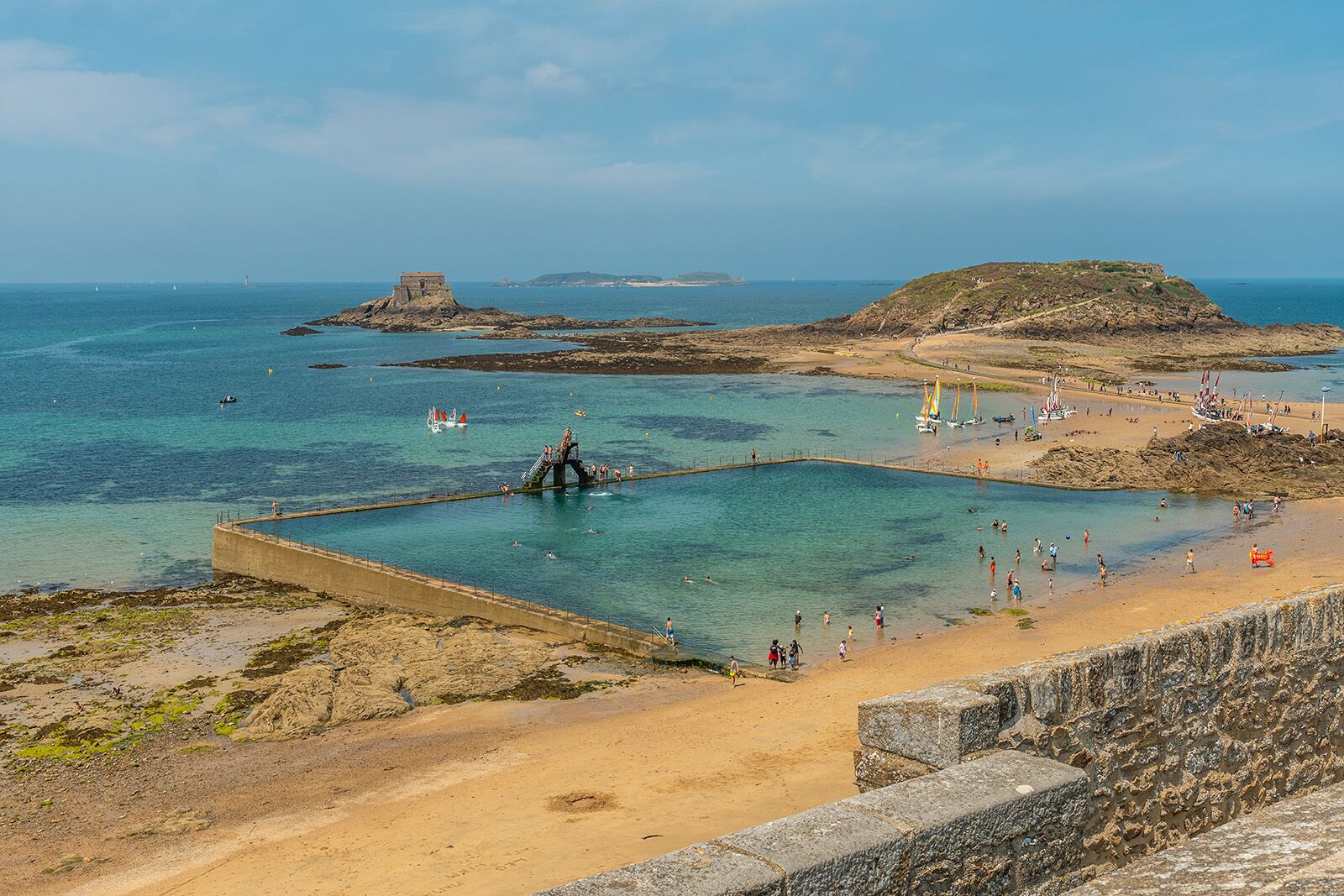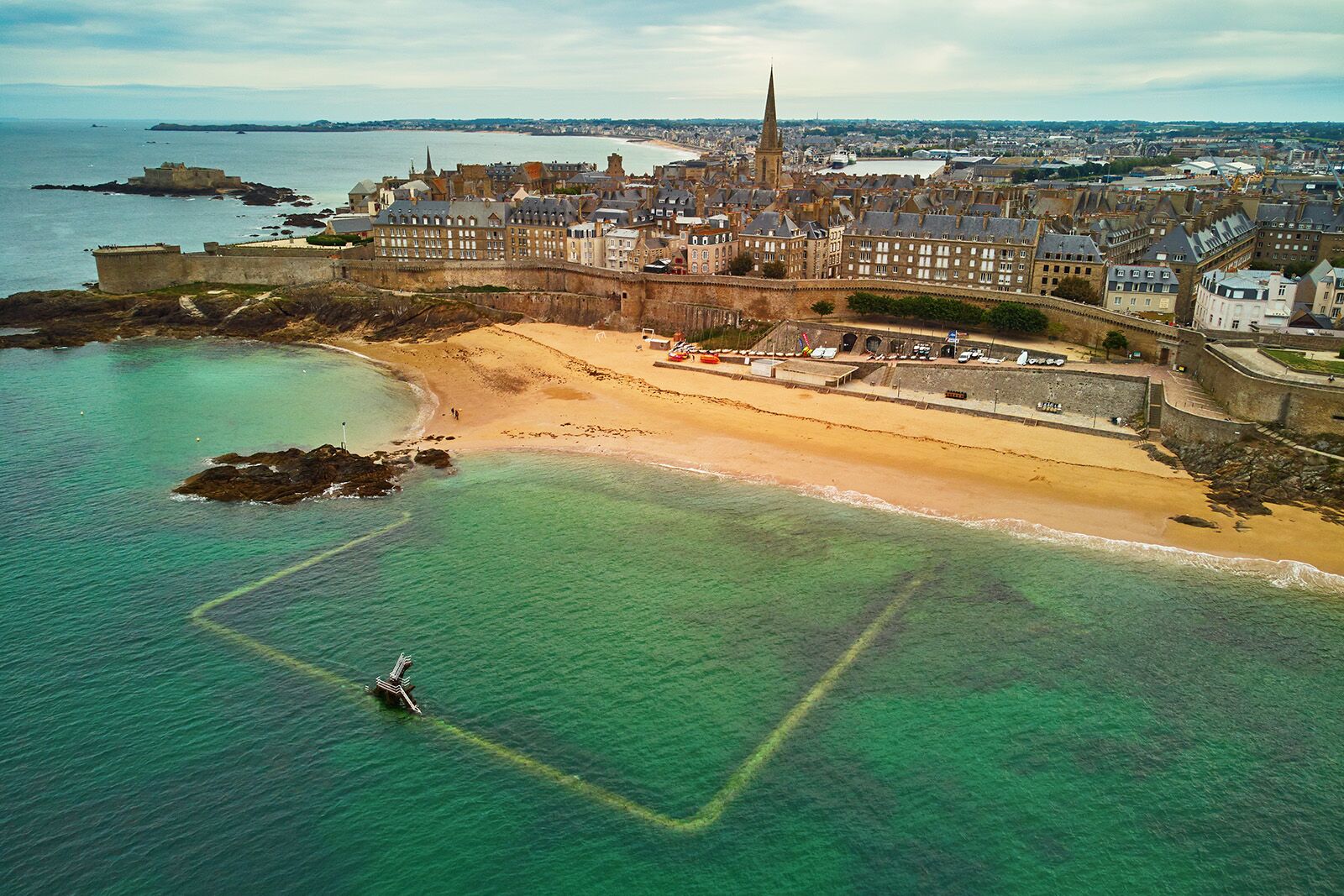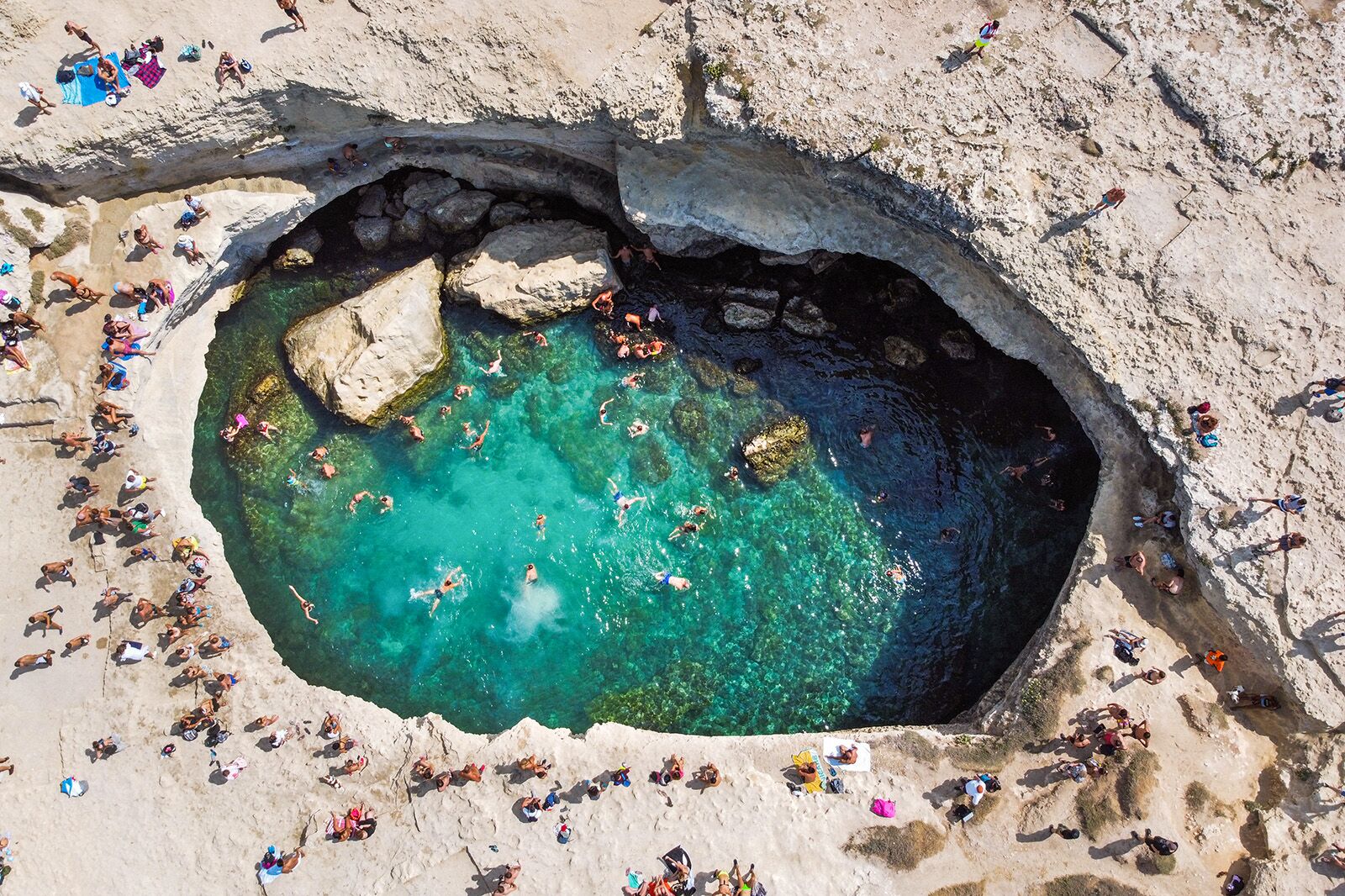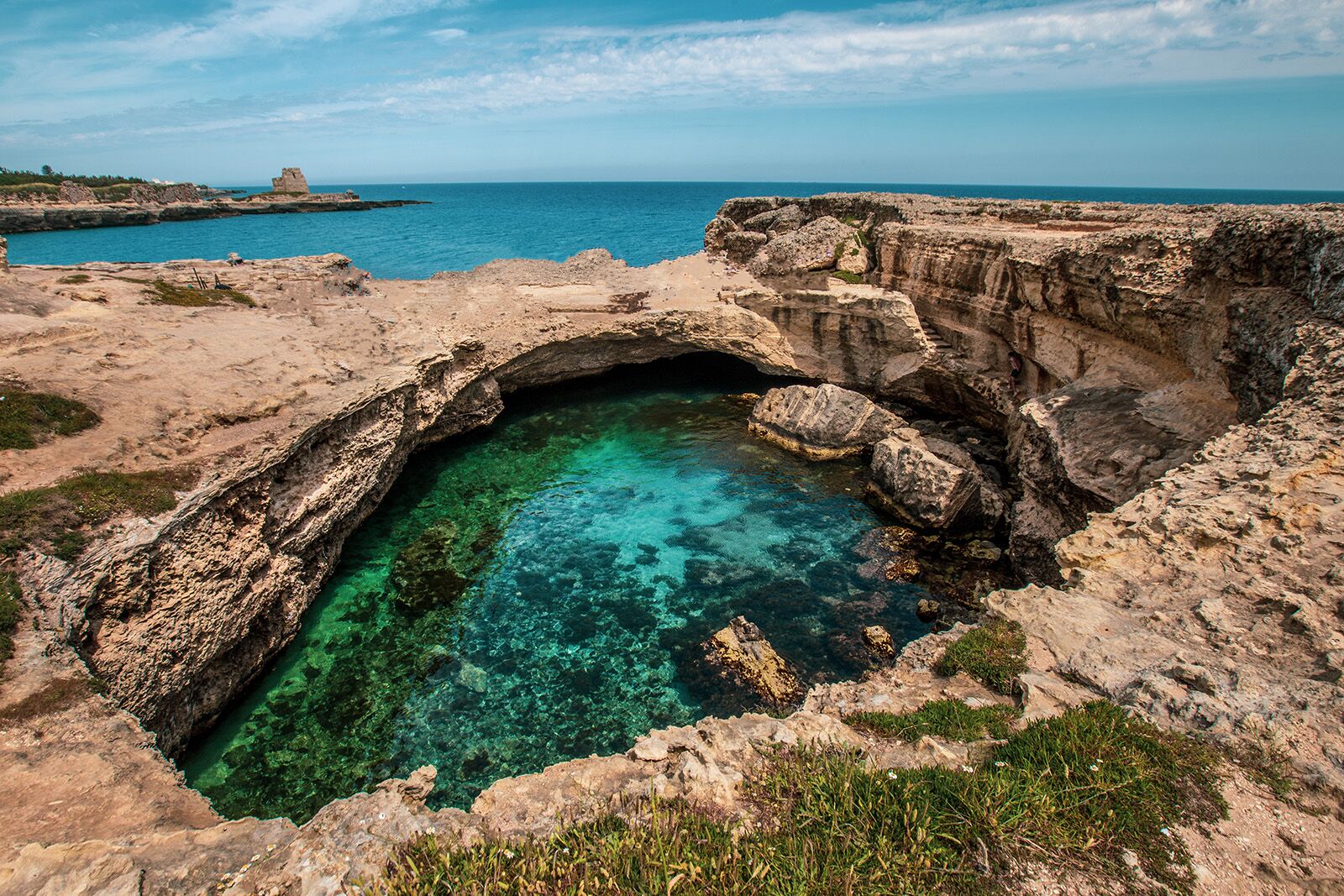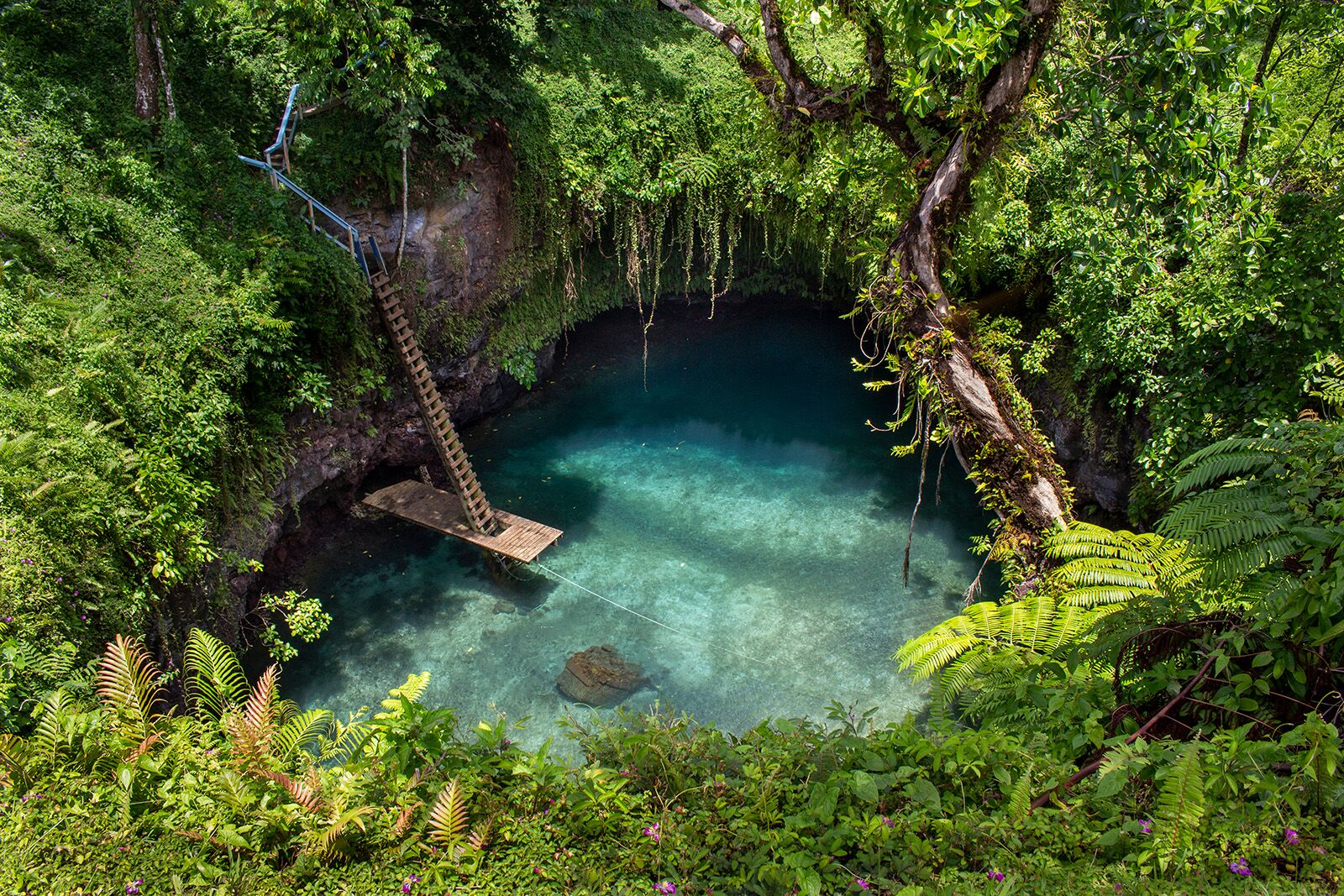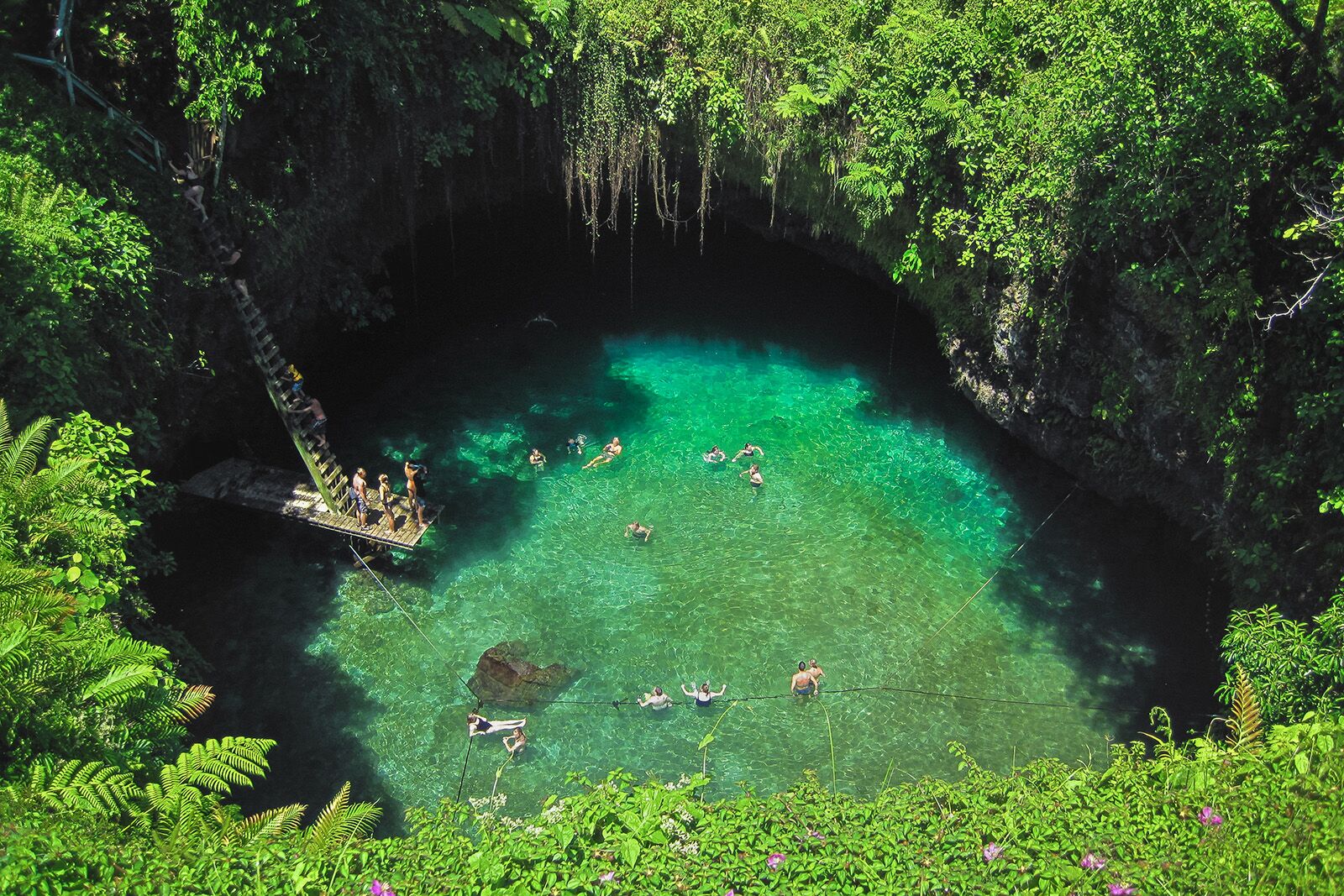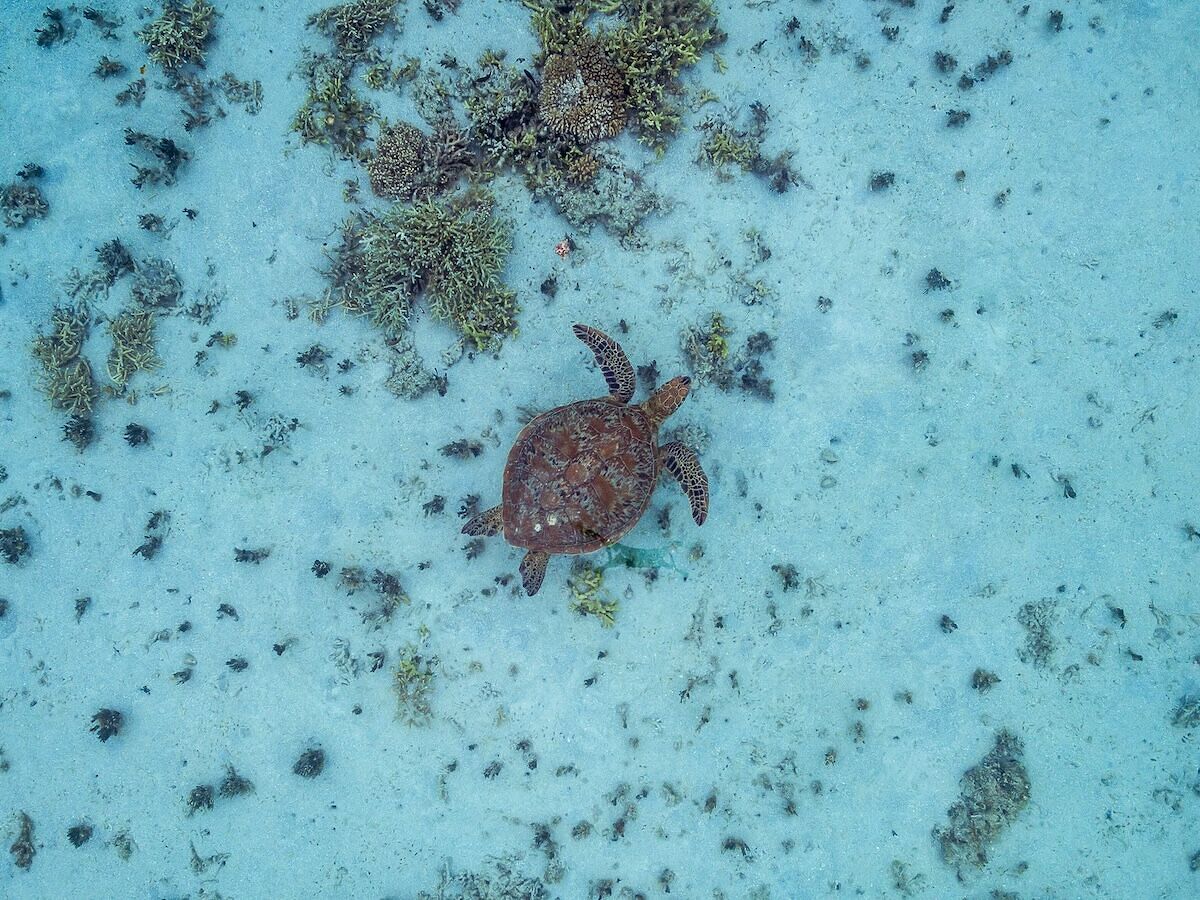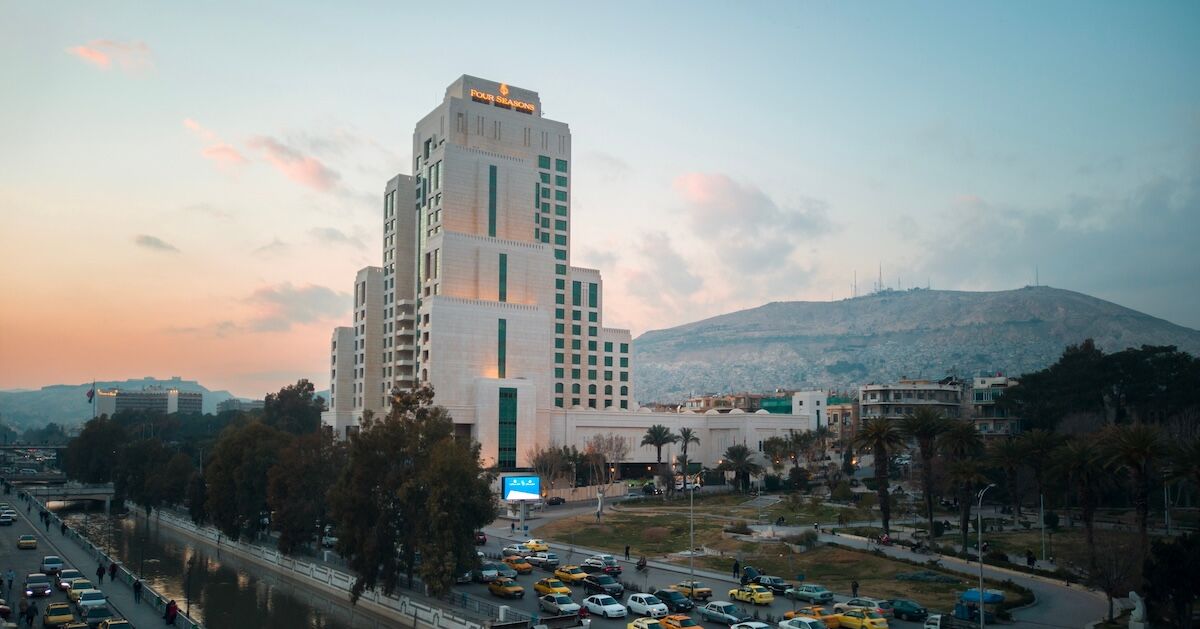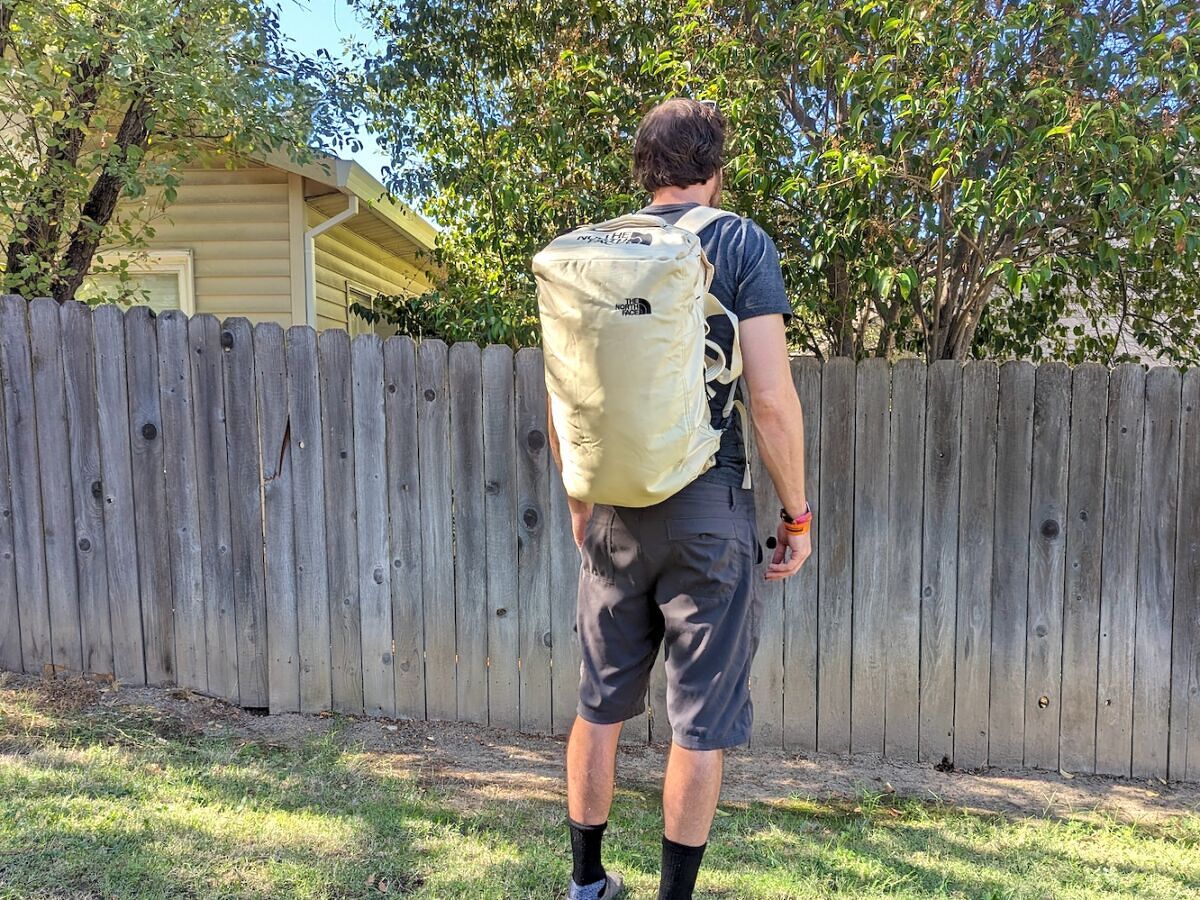12 of the Coolest Ocean Pools Around the World. A Visual Guide
Who says the only good pools are at luxury hotels?
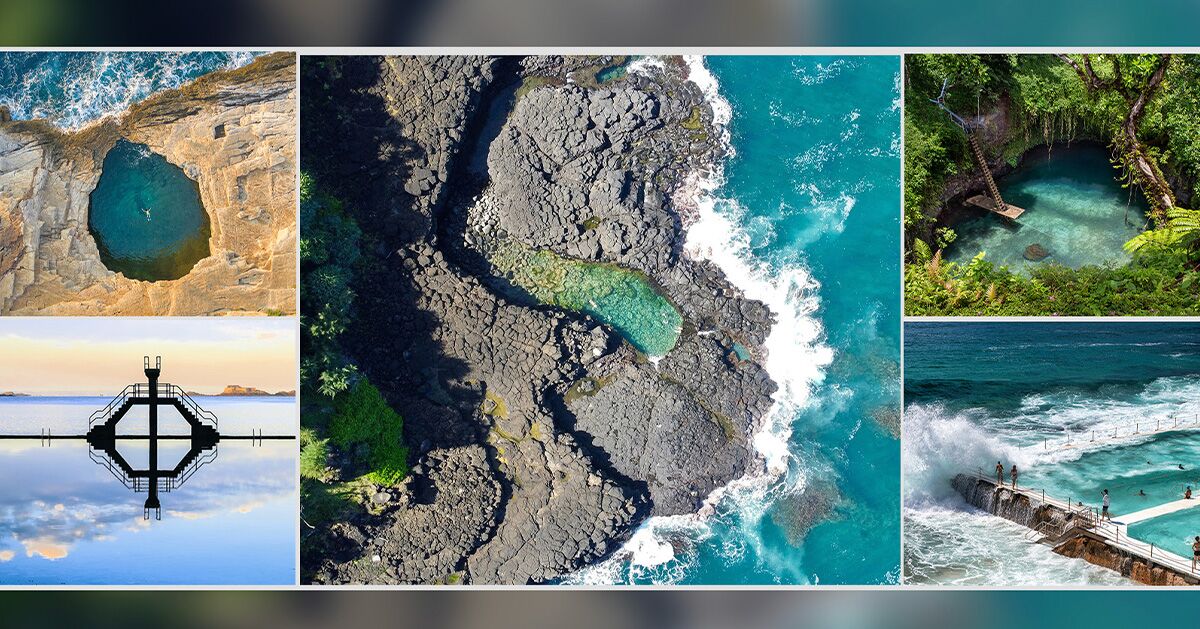

Ocean pools — whether carved naturally into coastal rock or designed to blend seamlessly into the sea — are the perfect balance of raw beauty and calm leisure. Fed by saltwater and refreshed by tides, they offer more than just a place to swim: the mineral-rich water can soothe your skin, reduce inflammation, and boost circulation, while the natural movement of the sea adds gentle resistance for a more invigorating experience. Many of these pools also echo the golden age of seaside resorts, when places like Sydney and Saint-Malo built coastal baths as part of a broader wellness culture that saw the sea as both cure and escape. From cliffside lagoons to historic tidal basins, these are some of the most stunning ocean pools around the world — and yes, you can actually swim in them.
Piscina das Marés – Leça da Palmeira, Portugal
Designed by renowned Portuguese architect Álvaro Siza Vieira in the 1960s, Piscina das Marés is a minimalist masterpiece carved into the rugged Atlantic coast north of Porto. The two saltwater pools are set among volcanic rocks and appear to merge seamlessly with the ocean beyond. Their angular concrete walkways and geometric shapes contrast beautifully with the organic forms of the natural rock. Open seasonally during the summer, the pool charges a modest entrance fee and includes basic amenities like lifeguards and a café.
Where to stay: The best Airbnbs and hotels in Porto
Queen’s Bath – Kauai, Hawaii, USA
Queen’s Bath in Princeville on Kauai’s north shore is a lava rock pool formed by ancient volcanic activity and fed by waves from the Pacific Ocean. During the calm summer months, it becomes a serene swimming hole filled with small fish and clear, warm water. However, in winter or during heavy surf, it transforms into a dangerous zone where rogue waves can sweep over the rocks unexpectedly. Due to its seasonal nature, access is often closed during high surf warnings. Visitors must hike a muddy, sometimes slippery trail of about 0.8 miles to reach it. Despite the risks, when conditions are safe, Queen’s Bath offers one of the most beautiful and natural ocean-pool experiences in Hawaii.
Where to stay: The best Airbnbs and hotels in Kauai
Bondi Icebergs Pool – Sydney, Australia
Possibly the most iconic ocean pool on the planet, Bondi Icebergs Pool sits right on the edge of Sydney’s famous Bondi Beach. The 165-foot lap pool and adjoining kiddie pool are both filled with seawater, replenished by waves during high tide. This pool is part of the Bondi Icebergs Club, which has operated since 1929 and still honors its original tradition: members must swim during the winter months to retain their status. Easily accessible via public transportation, the pool is open year-round to the public for a small fee, with changing rooms, a sauna, and a café.
Where to stay: The best Airbnbs and hotels in Sydney
Tidal Pool at Camps Bay – Cape Town, South Africa
This manmade tidal pool offers a peaceful swimming spot with sweeping views of Table Mountain and the Twelve Apostles mountain range. Designed to protect swimmers from the powerful Atlantic waves, the pool is bordered by large rocks that shield it from the wind while allowing seawater to flow in naturally. It’s especially popular with families and sunrise swimmers. Located within walking distance of central Camps Bay and its beachfront promenade, the pool is open to the public year-round and free of charge.
Where to stay: The best Airbnbs and hotels in Cape Town
Giola Lagoon – Thassos Island, Greece
On the southern coast of Thassos, Giola Lagoon is a natural pool carved into seaside rock by centuries of geological activity. Shaped like a giant teardrop and measuring about 65 feet across, the lagoon is filled with seawater that splashes in from the Aegean. Its water tends to be warmer than the open sea, and the rocky terraces around the edge invite both cliff-jumping thrill-seekers and sunbathers. According to local legend, the pool was created by Zeus as a bathing place for his muses or lovers — hence its nickname, “Zeus’s eye.”
Getting there involves driving along a narrow dirt road followed by a short but rugged hike, so good shoes and a bit of patience are required. There’s no formal infrastructure, and it can get pretty crowded during the high season.
Piscine Naturelle de Oro – Isle of Pines, New Caledonia
Piscine Naturelle de Oro is a breathtaking natural lagoon hidden among the towering conifers of New Caledonia’s Isle of Pines. Enclosed by coral formations and separated from the open ocean by a natural reef, the water is crystal-clear and rich with tropical fish — ideal for snorkeling as well as swimming. The pool sits at the mouth of a small stream and is most easily accessed on foot from the nearby Le Méridien Resort or via a short kayak ride from surrounding beaches. There’s a small fee to enter the protected area, which helps preserve the lagoon’s fragile ecosystem. Its calm, aquarium-like waters make it one of the South Pacific’s most unforgettable swimming spots.
The Blue Pool – Bermagui, New South Wales, Australia
Carved into the cliffs along the Sapphire Coast, the Blue Pool in Bermagui is a tidal ocean pool that offers serene swimming with dramatic views of the Tasman Sea. The pool’s depth and vivid opaline color make it ideal for both casual swimmers and snorkelers. It’s flanked by rocky headlands and sits below a steep staircase, so while access is straightforward, it does require a bit of a walk down. There’s also a smaller wading pool for children. Open year-round and free to enter, the Blue Pool is a beloved spot for both sunrise swims and wildlife watching.
Where to stay: The best Airbnbs and hotels in and around Sydney
Charco Azul – La Palma, Canary Islands, Spain
On the volcanic island of La Palma in the Canary Islands lies Charco Azul, a series of beautifully maintained natural seawater pools sculpted from black basalt rock. These pools were formed by lava flows and enhanced with modern infrastructure like ladders, sunbathing platforms, showers, and lifeguards, making them both safe and family-friendly. The contrast between the clear blue water and the dark volcanic rock creates a dramatic — and highly photogenic — setting. Located in the town of San Andrés y Sauces, Charco Azul is easy to access by car, and parking is available nearby. The pools are free to use, though they may close temporarily during heavy surf for safety reasons.
Where to stay: The best Airbnbs and hotels in Palma
Wylie’s Baths – Coogee Beach, Australia
Just south of Coogee Beach in eastern Sydney, Wylie’s Baths is one of Australia’s oldest ocean pools. Established in 1907, the pool is perched on a rocky platform with sweeping views of the Pacific and Wedding Cake Island. It offers a tranquil swimming experience framed by wooden boardwalks and a nostalgic coastal vibe. The 165-foot pool fills naturally with seawater and is patrolled by lifeguards during opening hours. Unlike the nearby free Coogee Rock Pool, Wylie’s charges a small entrance fee but offers changing facilities, massages, and even yoga classes on the deck. It also holds historical significance: it was one of the first pools in Australia to admit both men and women, and it remains a classic example of early 20th-century recreational architecture in Sydney.
Where to stay: The best Airbnbs and hotels in Sydney
Tidal Baths at Saint-Malo – Brittany, France
The Saint-Malo tidal pool at Plage de Bon Secours is a calm body of water fed during high tide. The large swimming basin is enclosed by stone walls, with a vintage diving board rising from its center. Built in the 1930s, it sits right on the city’s most popular beach. Swimming here is free and open to all, but the pool is far from the only local attraction. Saint-Malo’s tides are some of the highest in Europe, and nearby islands and historic forts are reachable on foot during low tide.
Where to stay: The best Airbnbs near Brittany
Grotta della Poesia – Roca Vecchia, Italy
The “Cave of Poetry” is a stunning limestone sinkhole near the Adriatic coast of Puglia, Italy, where turquoise seawater fills a natural pool surrounded by ancient ruins and dramatic rock formations. According to legend, a beautiful princess once bathed here daily, inspiring poets from across the land — hence the name. The pool is about 30 feet wide and connected to the sea via an underwater tunnel, giving it the appearance of a secret grotto. Getting in typically involves a short scramble over rocks or a daring jump from the ledges above. While the site has gained popularity thanks to Instagram, it remains raw and undeveloped — there are no lifeguards or facilities, and caution is advised, especially when the sea is rough.
To Sua Ocean Trench – Lotofaga, Samoa
To Sua, meaning “giant hole” in Samoan, is a surreal natural trench on the south coast of Upolu island. It looks like something from a fantasy novel: a 100-foot-deep, nearly perfect oval sinkhole filled with emerald seawater and surrounded by lush tropical gardens. A wooden ladder leads to a small platform at the bottom, where swimmers can float in peace beneath steep volcanic walls. To Sua connects to the ocean via a lava tube, allowing gentle tidal flows without the danger of crashing waves. There’s a modest entrance fee, and amenities include changing rooms, picnic areas, and lookout platforms. While its isolated beauty draws adventurers, it’s remarkably well maintained and accessible — one of Samoa’s most photographed spots for good reason. ![]()





![A Drifter Is Haunted by Her Former Cult Leader in ‘So Fades the Light’ Clip [Exclusive]](https://bloody-disgusting.com/wp-content/uploads/2025/05/sofadesthelight-clip.jpg)
![‘Jurassic Reborn’ Trailer – The Asylum’s Dinosaur Mockbuster Releases Tomorrow [Exclusive]](https://bloody-disgusting.com/wp-content/uploads/2025/06/jurassicreborn-still.jpg)
![Exploring the Controversial Legacy of Meir Zarchi’s ‘I Spit on Your Grave’ [The Lady Killers Podcast]](https://bloody-disgusting.com/wp-content/uploads/2025/06/Screenshot-2025-06-22-at-12.44.58-PM.png)











































































































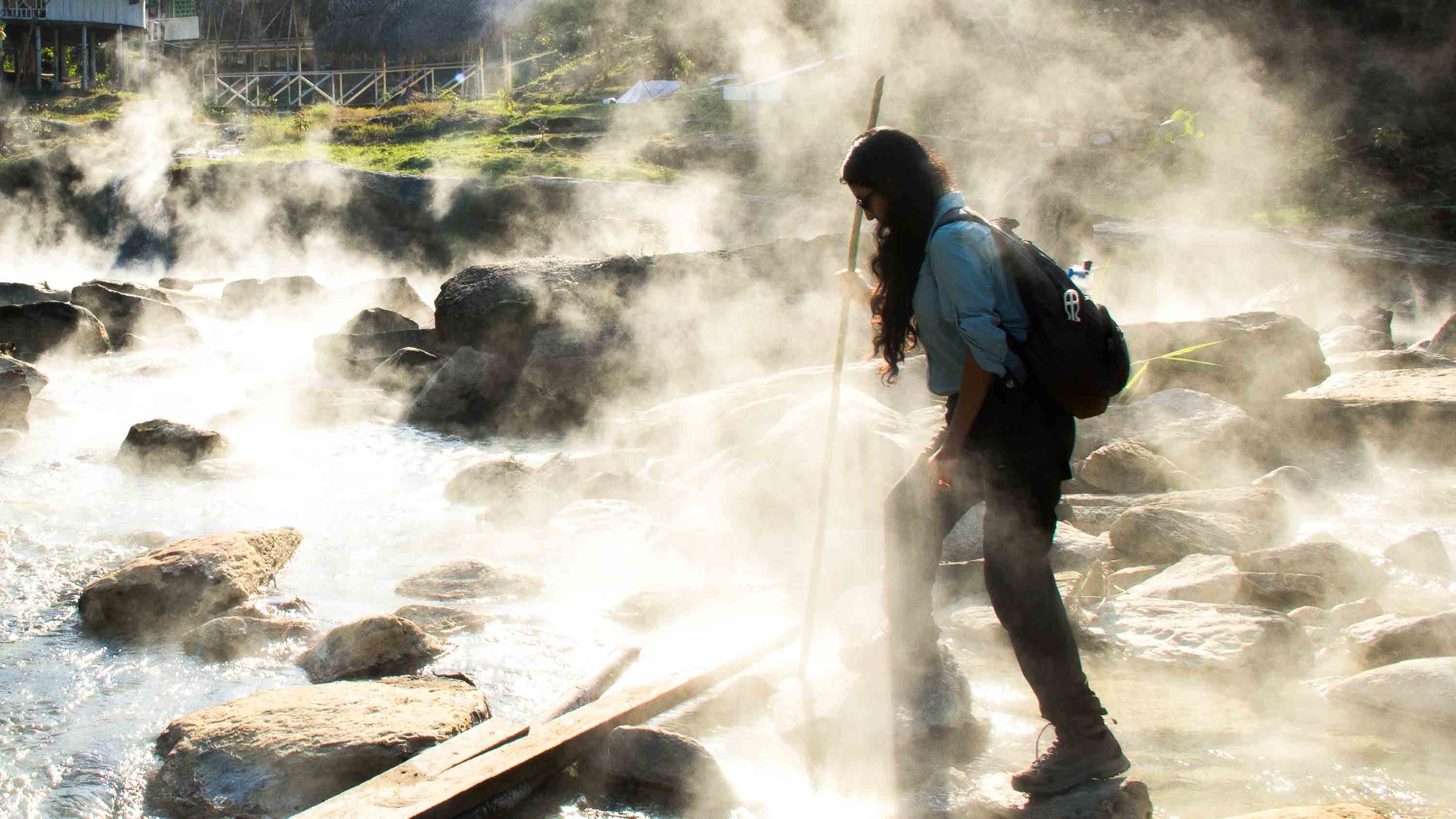








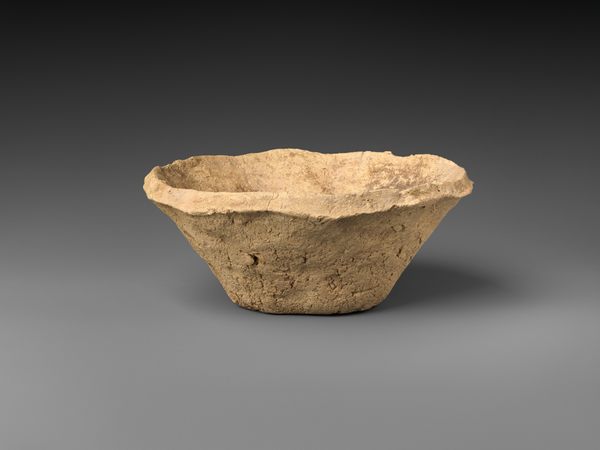
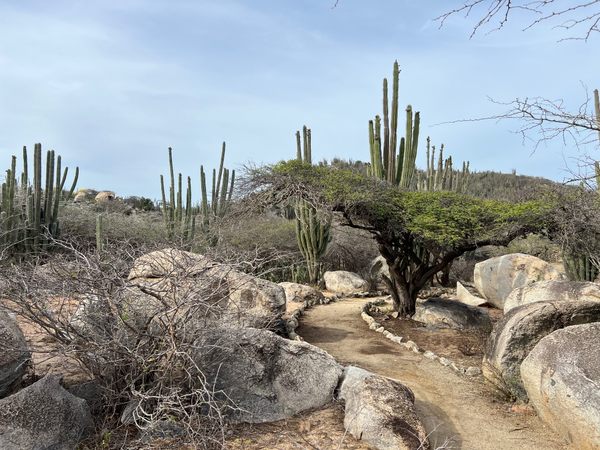









![[Back] Earn up to a $600-675 bonus with a new SoFi checking/savings account](https://frequentmiler.com/wp-content/uploads/2025/05/SoFi-Checking-Featured-Image.jpg?#)























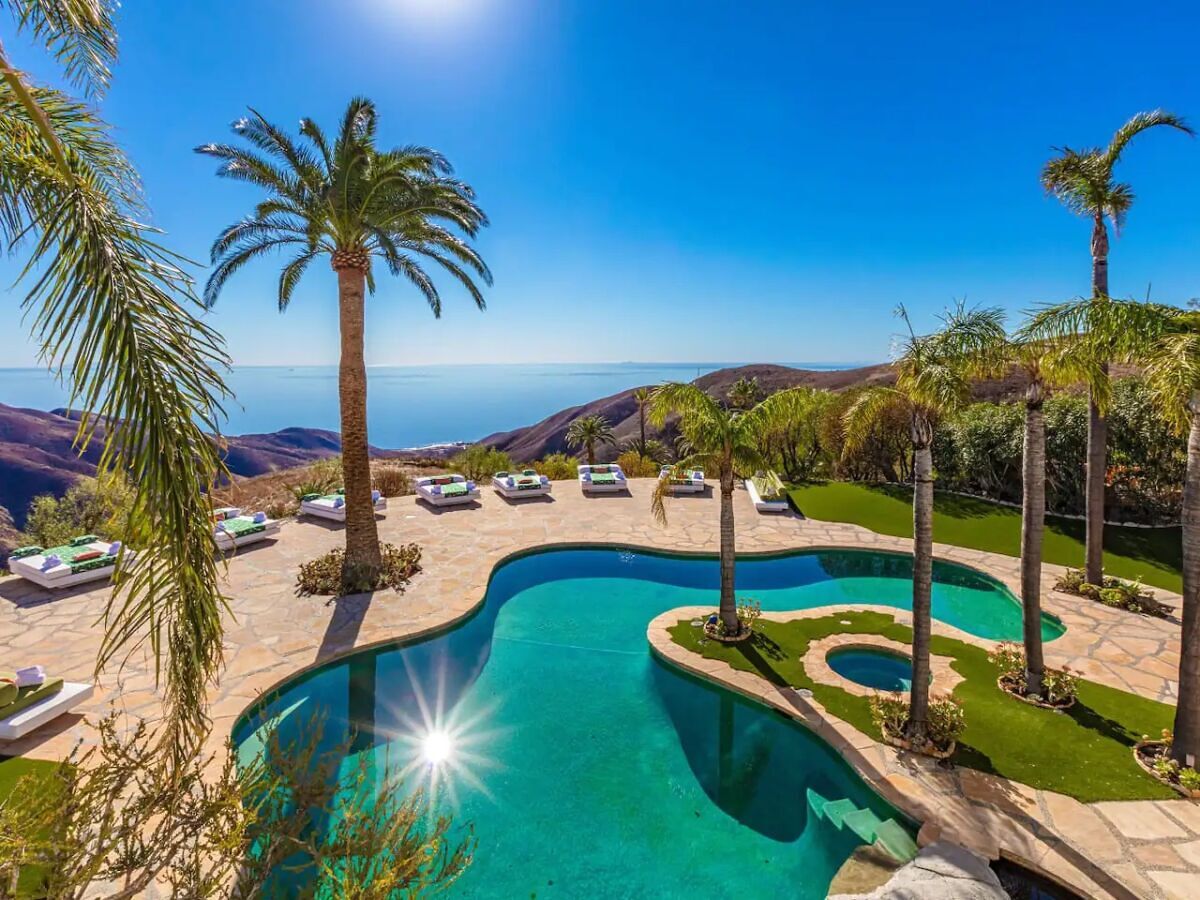
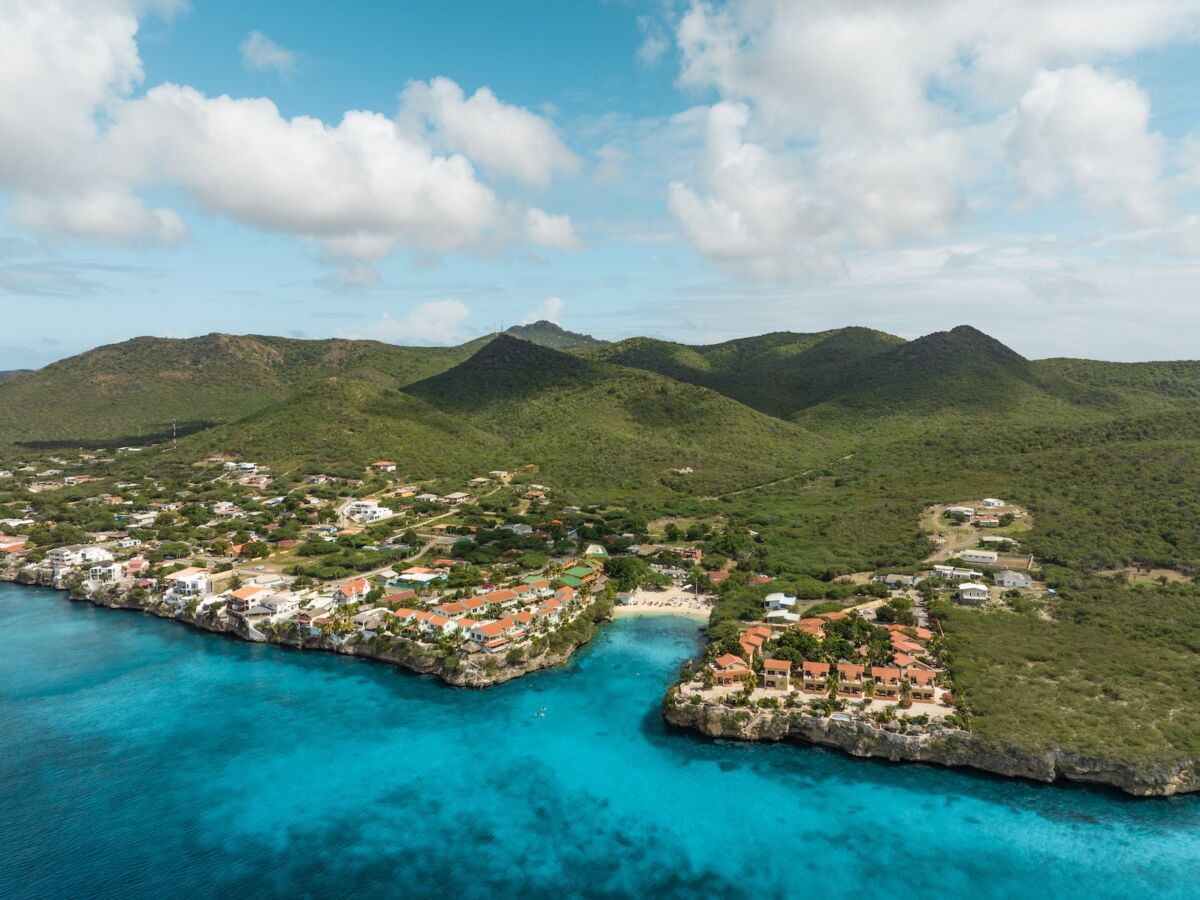
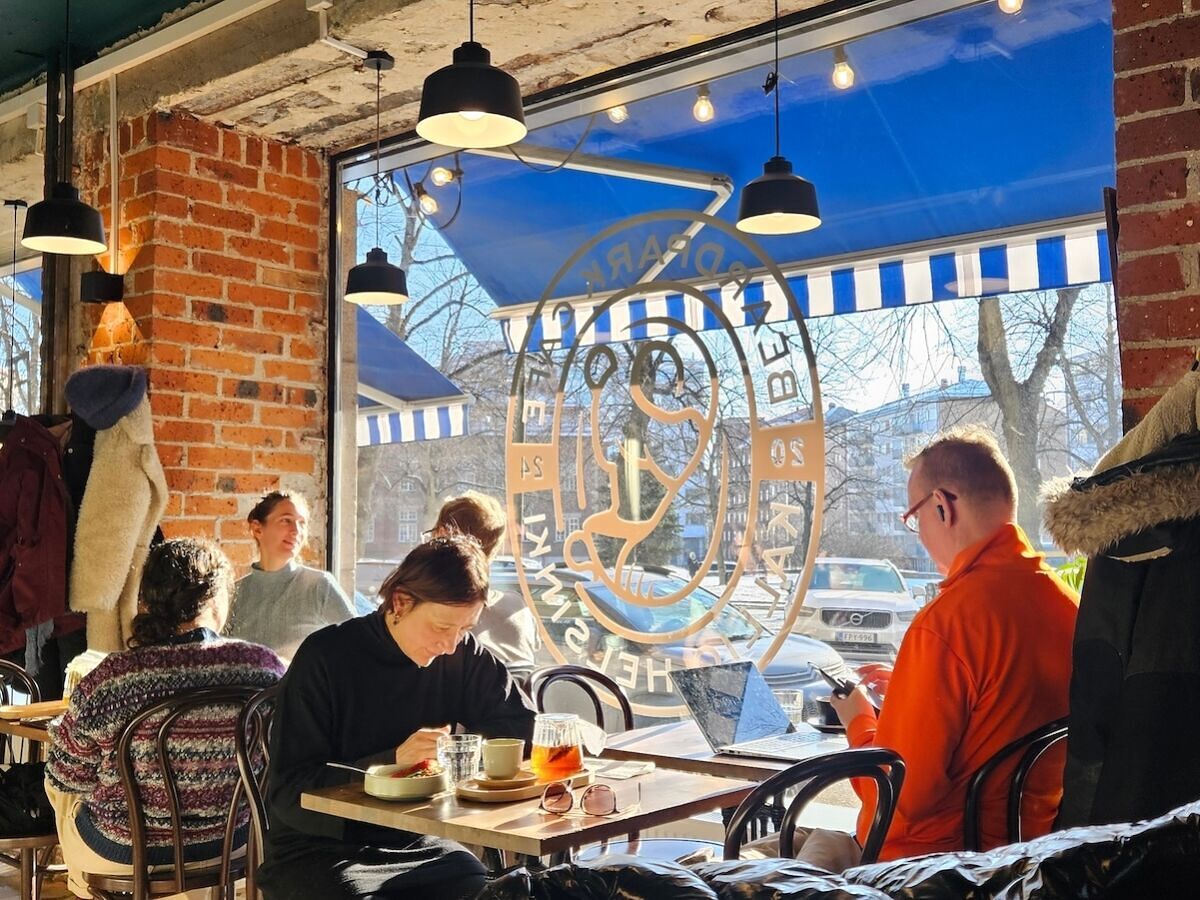







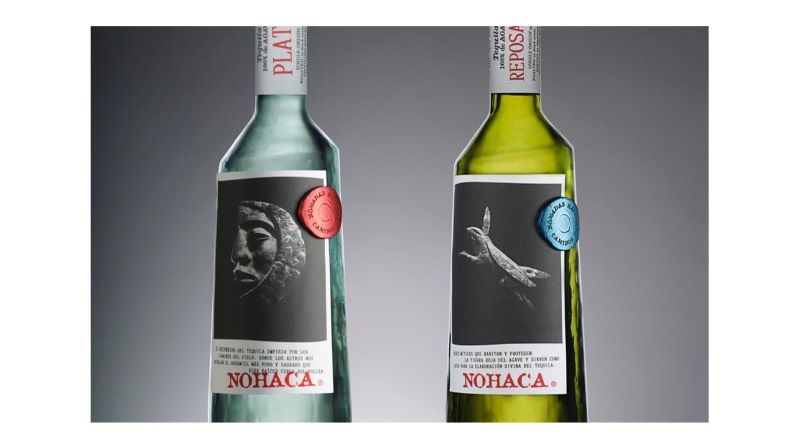




















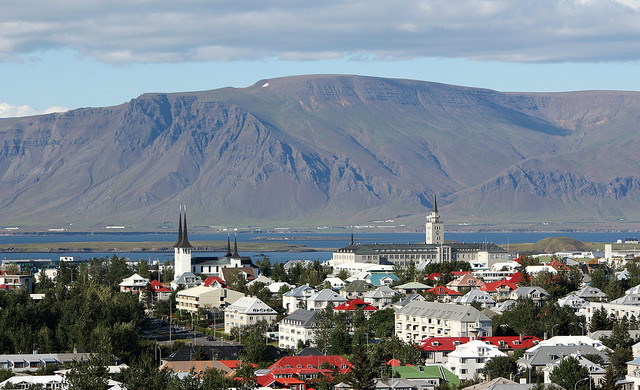
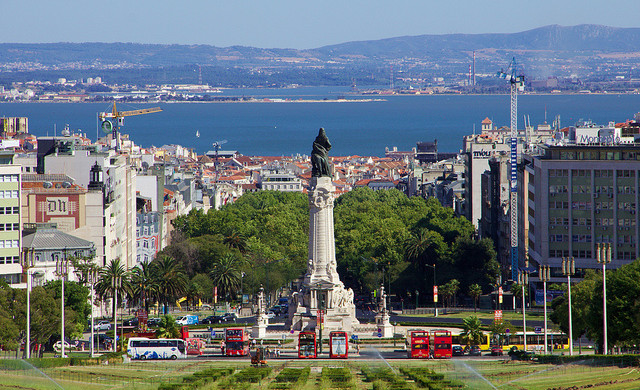
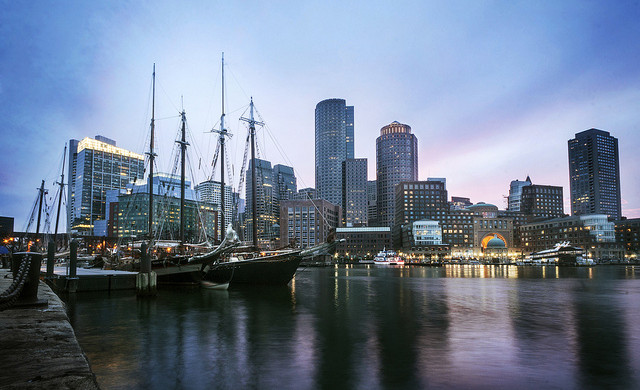
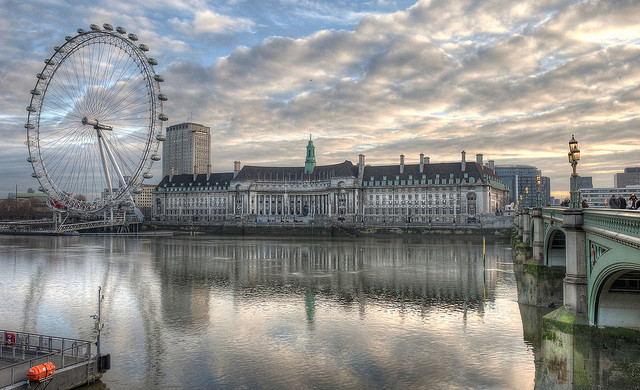

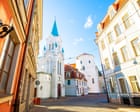

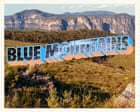




































































































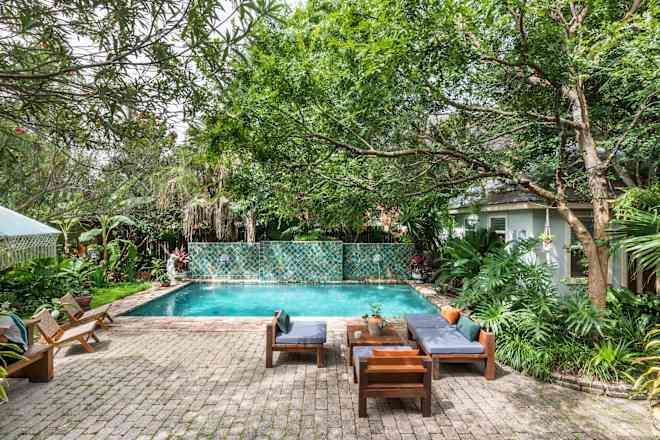






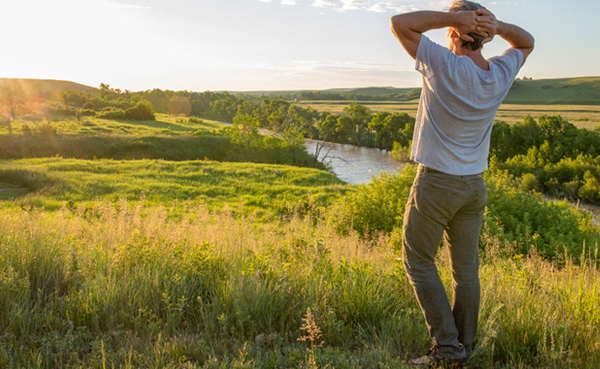







































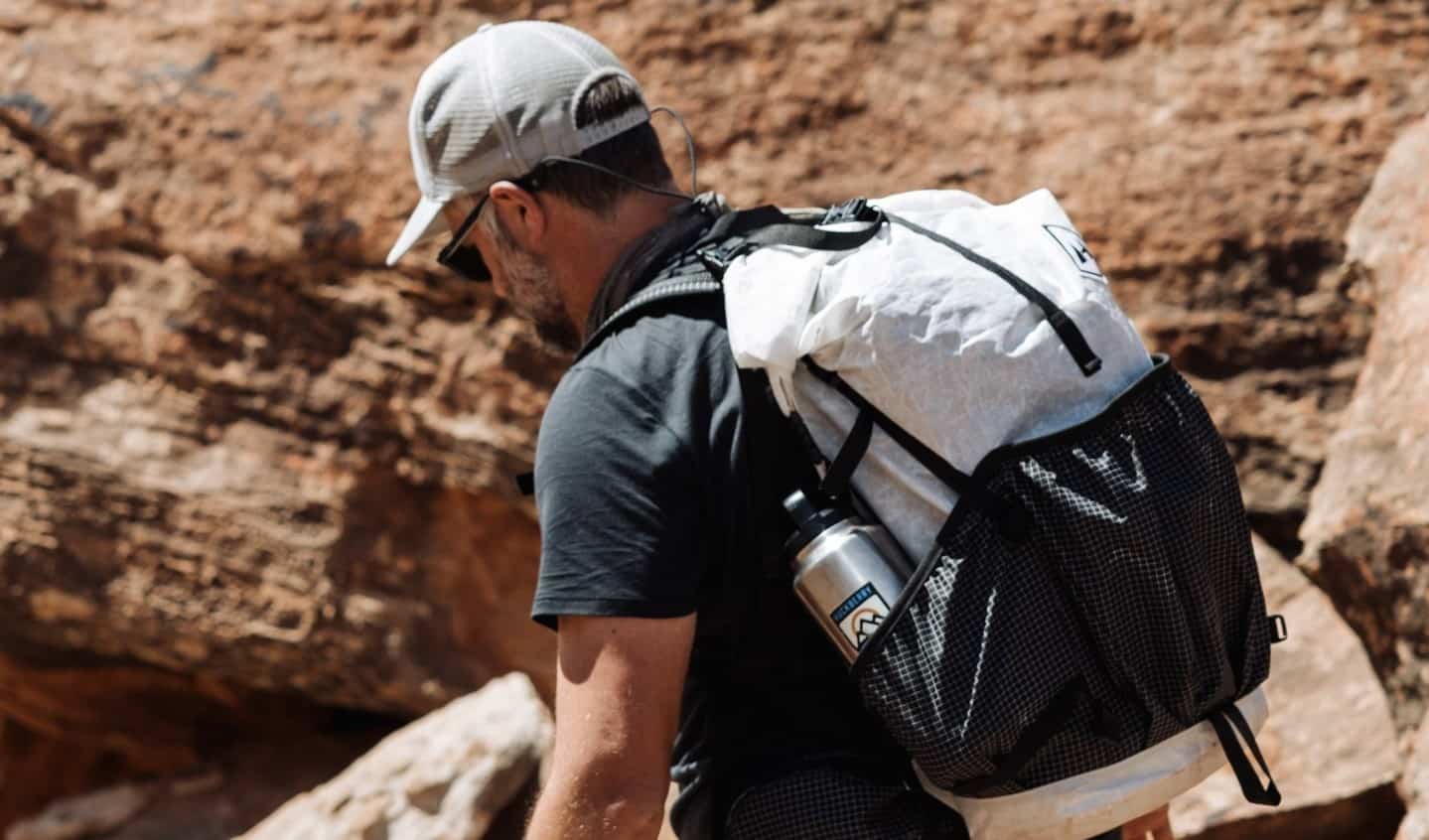




























![[Podcast] Problem Framing: Rewire How You Think, Create, and Lead with Rory Sutherland](https://justcreative.com/wp-content/uploads/2025/06/rort-sutherland-35.png)












